So, in direct contrast to discovering art in unexpected places such as a simple series of brush strokes painted on a course concrete curb, (last week’s pattisays blog) this week, as fall leaves fill the air and pumpkins pop up on every surface, my observations are about discovering art occur in an actual art gallery, specifically the National Gallery of Art in Washington D.C.. Imagine that! The city has been abuzz for months in anticipation of the recent unveiling of the updated East Building.
It was in 1978, the year I left my home town of Washington that I.M. Pei’s exciting new modern edifice was presented to an anxious art-loving public. So very different from the West Building and all others in the historic vicinity, some people were astonished but most were thrilled. This sleek angular sculpture of a building was a statement in and around which to display the growing modern and contemporary collection. An art-piece of its own accord. Yes, the building was at once regarded as its own work of art. We eagerly raced to touch the famous wedge of geometry that came to such an acute angle that it begged to be touched.
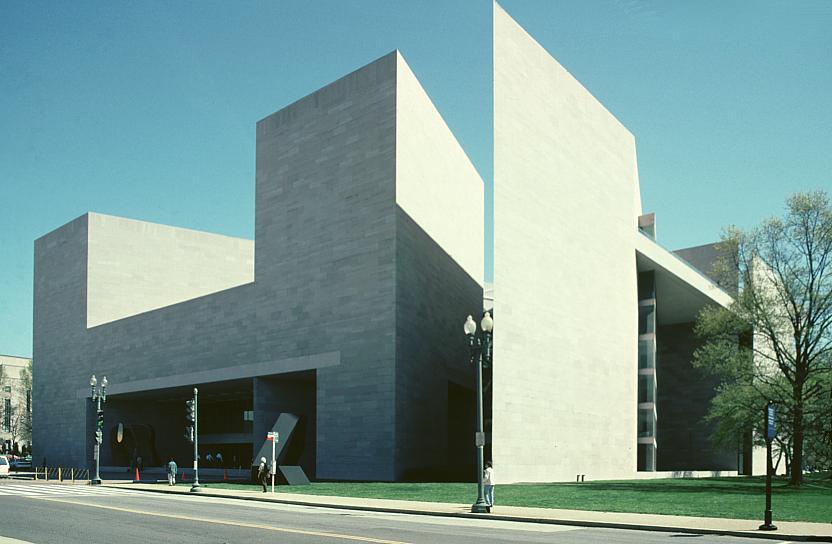
Nearly 40 years later that same fine edge is silently showing its age missing little chunks of compound and lovingly discolored with all the hands from around the world that have touched and smiled at the towering stone form in contrast to the rotund, ornamented and domed Capital in the background. Both majestically iconic, but stylistically so very different.
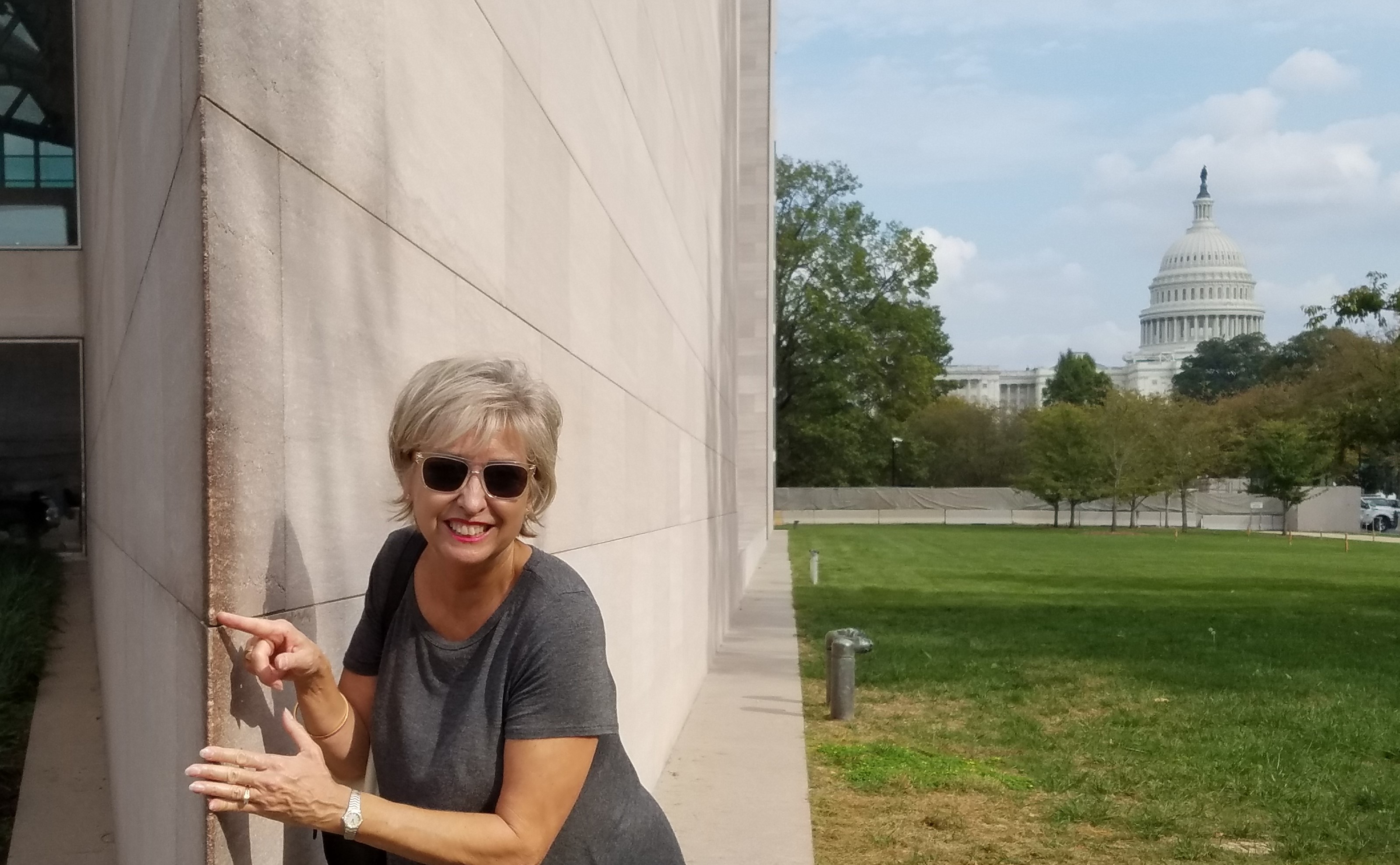
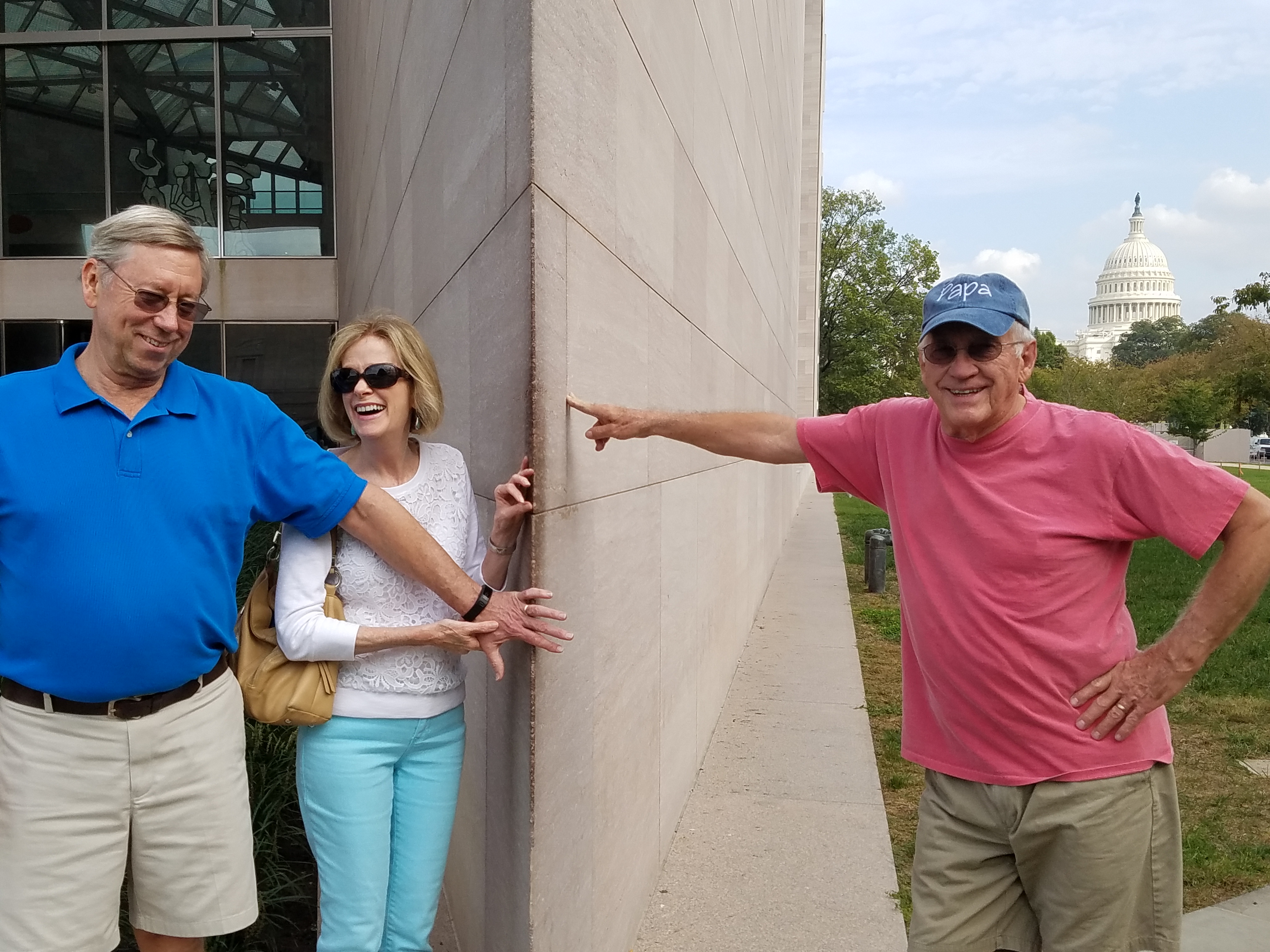
But wait – this elegant aging beauty has had a three year rejuvenation treatment! New stairways and elevators connect galleries making the flow of exhibits more enjoyable. The tunnel connecting East to West sparkles with light and all the subtle changes result in a seamless passage through and enhanced experience for visitors.
The glassy, crisp, stark, expansive lobby where the enormous Calder mobile is suspended defying its enormity and weight as it gracefully, almost motionlessly, moves silently with the subtle, indiscernible stirring of air is the fulcrum of the building. Exhibit halls tucked away but newly connected are exciting to frequent visitors who know the building so well.
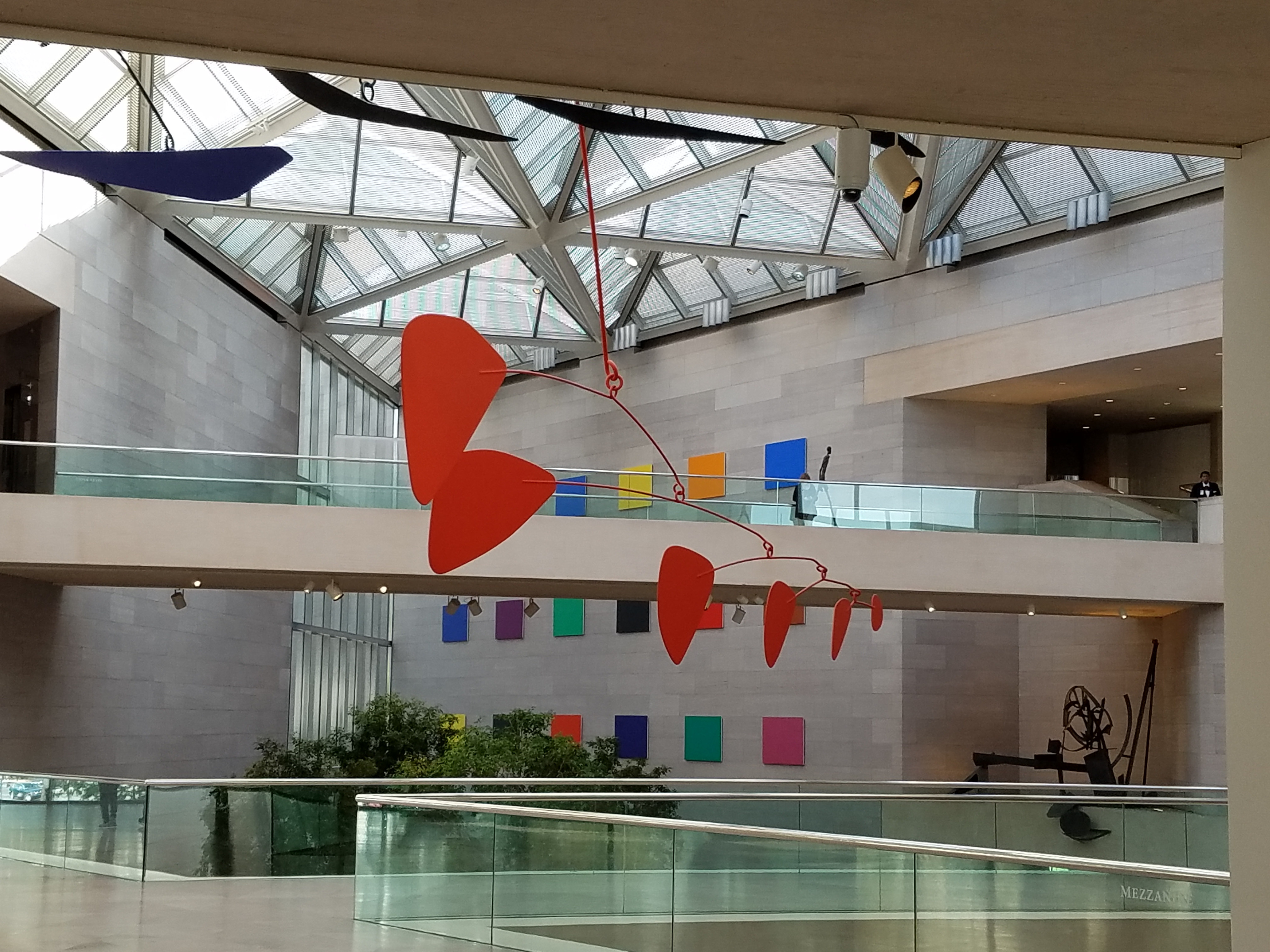
I naturally had to have a little fun and in keeping with the season made a couple of entertaining discoveries. Here Four Square and oil on Canvas by Franz Kline in 1956 is noted by The Art Story/Modern Art Insight “a fine example of his gestural approach to painting. The viewer is led to ponder the canvas, seeing as either a close-up of a linguistic symbol, or perhaps, a set of open windows.”
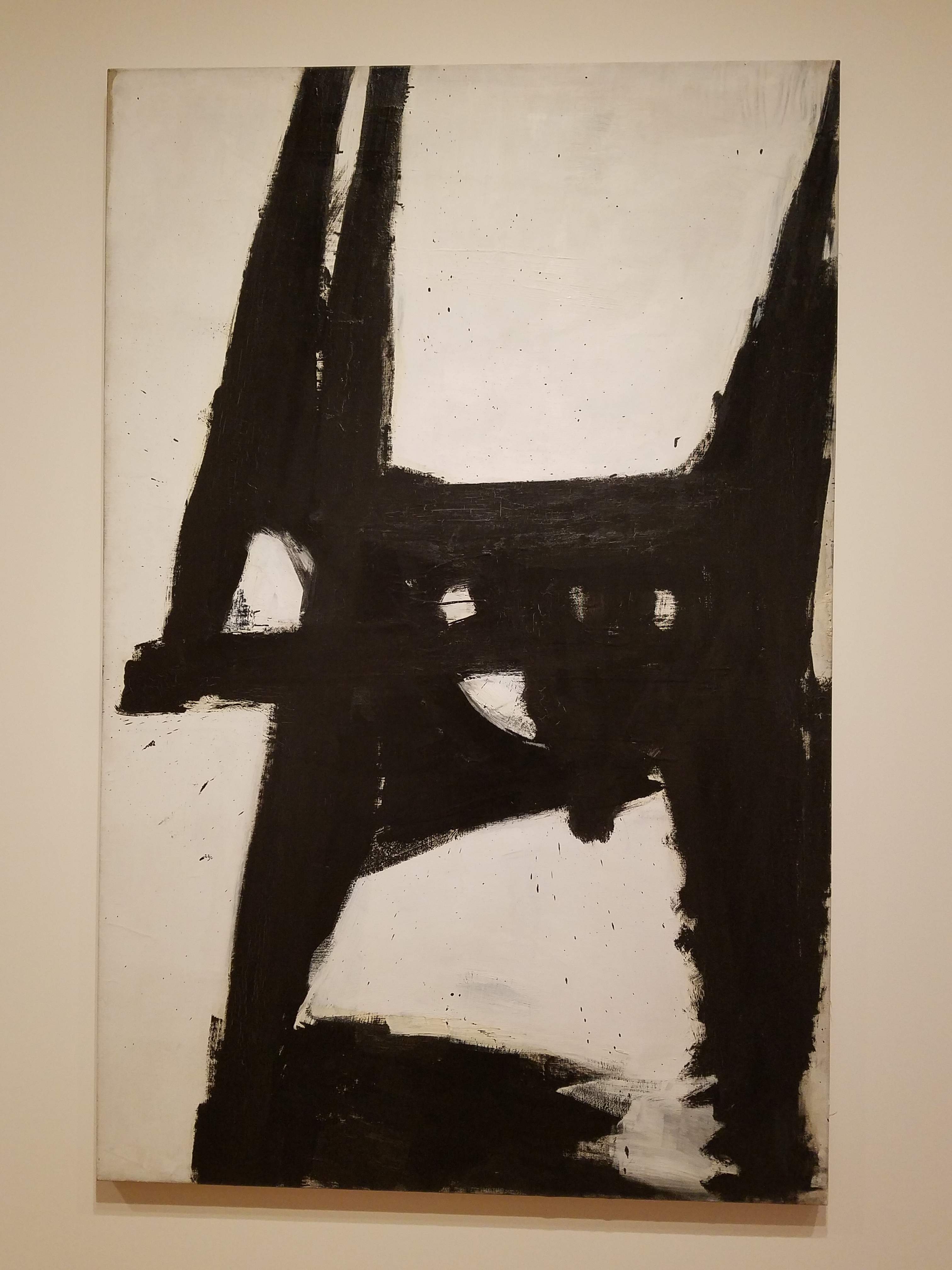
Really? Linguistic symbol or a set of windows? Well, maybe it’s the season…but I instantly saw a cat – a crazy black cat, an abstraction of James Dean’s “Pete” perhaps, which made me want a mask and to be that crazy cat and prance about for Halloween!
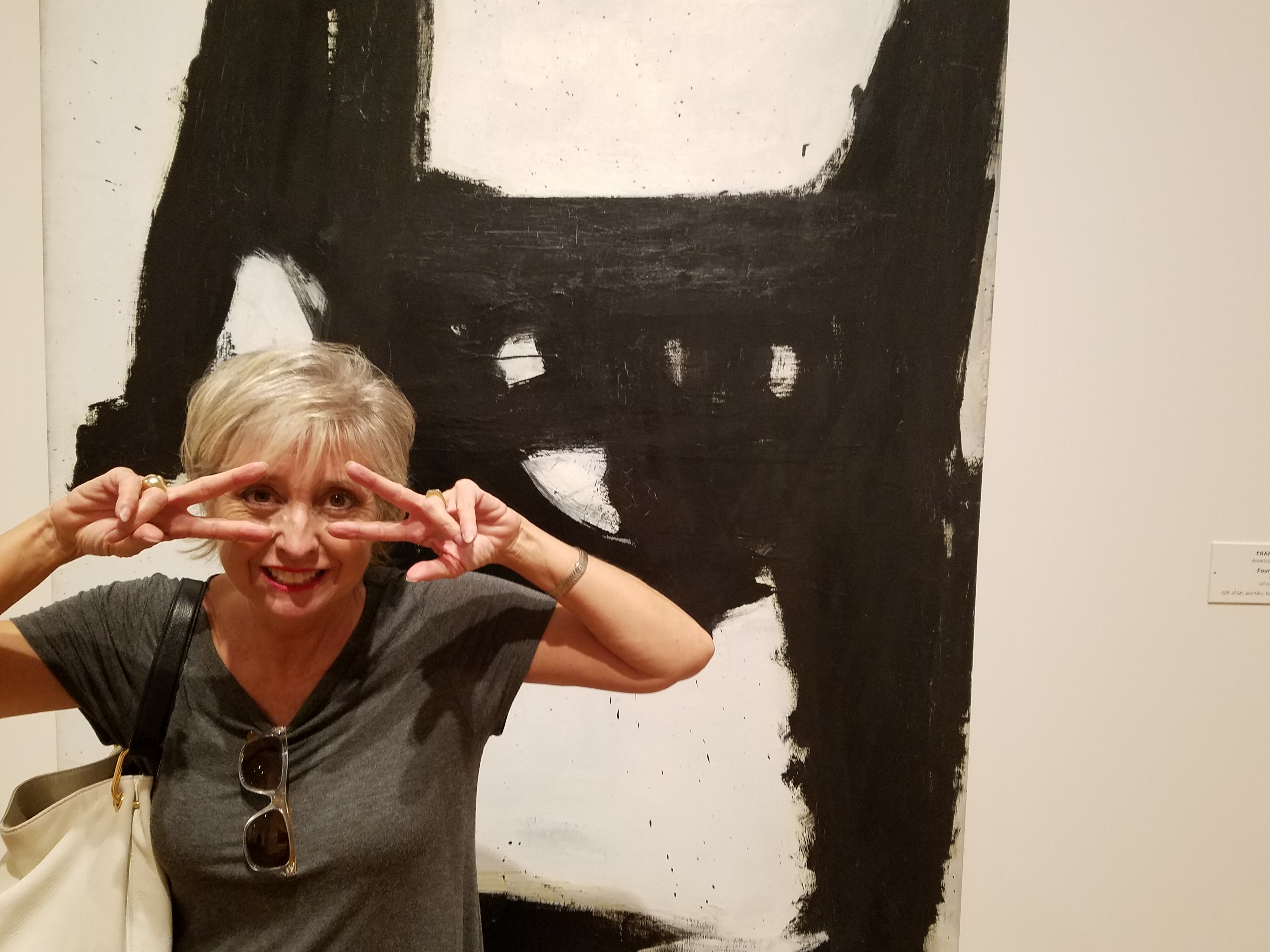
In another piece, Portage, by William Kentridge of South Africa born in my birth year of 1955, a folded accordion-like book with torn black figures of paper affixed to encyclopedia pages resulted in my seeing another black cat! I do think it was of human figures bearing weight, carrying, moving through various poses. Call me Halloweeny – but this one was decidedly a black cat. Don’t YOU think?
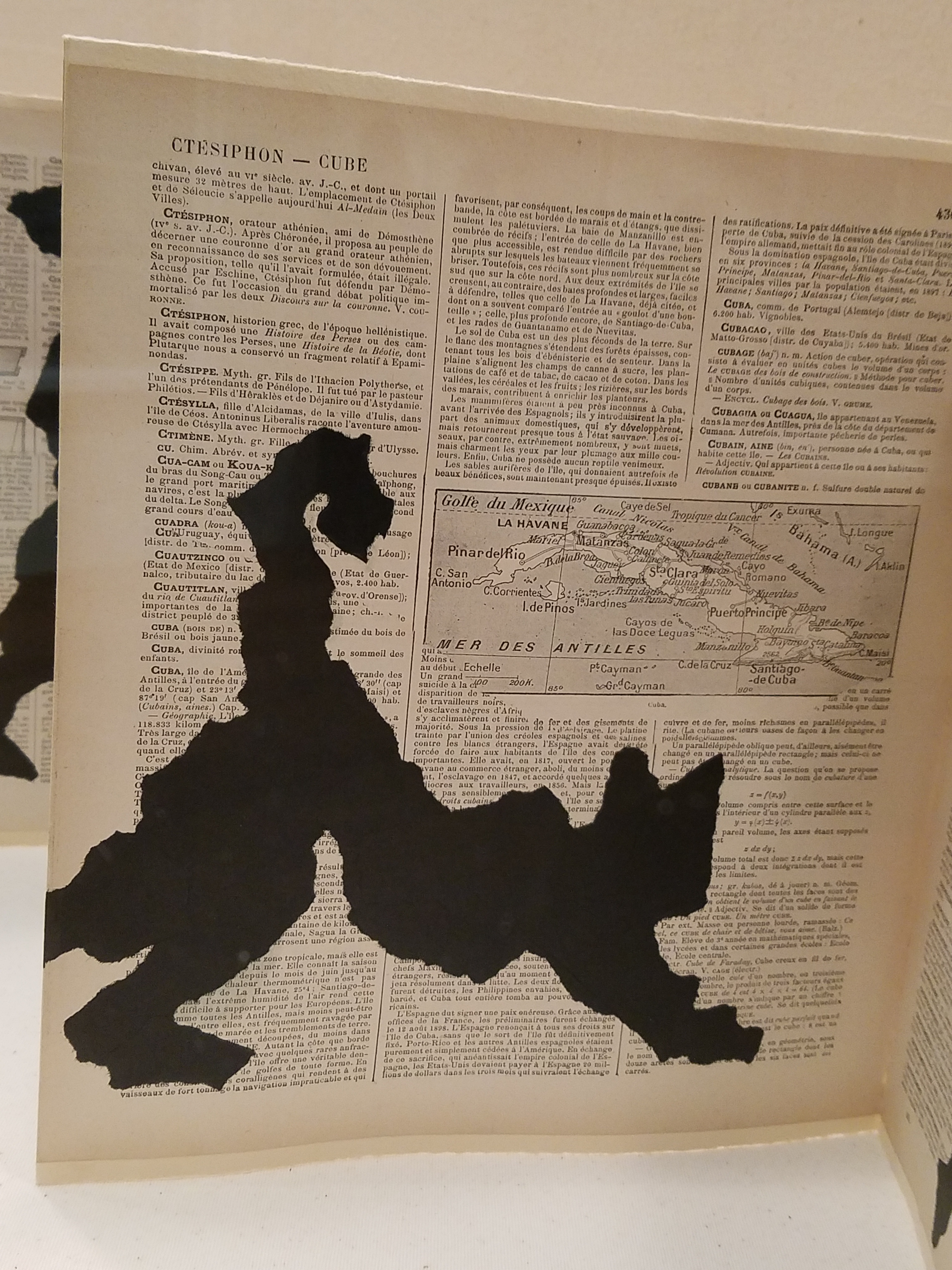
It was fabulous, exciting, fun and emotional to see the colorful Matisse cut-outs once again in such close proximity with Matisse’s placement marks and rough cut pieces – crude yet refined – rough yet lovely. Seeing these incredible compositions up close again is breath-taking.
Oh, and might this be another seasonal mask?
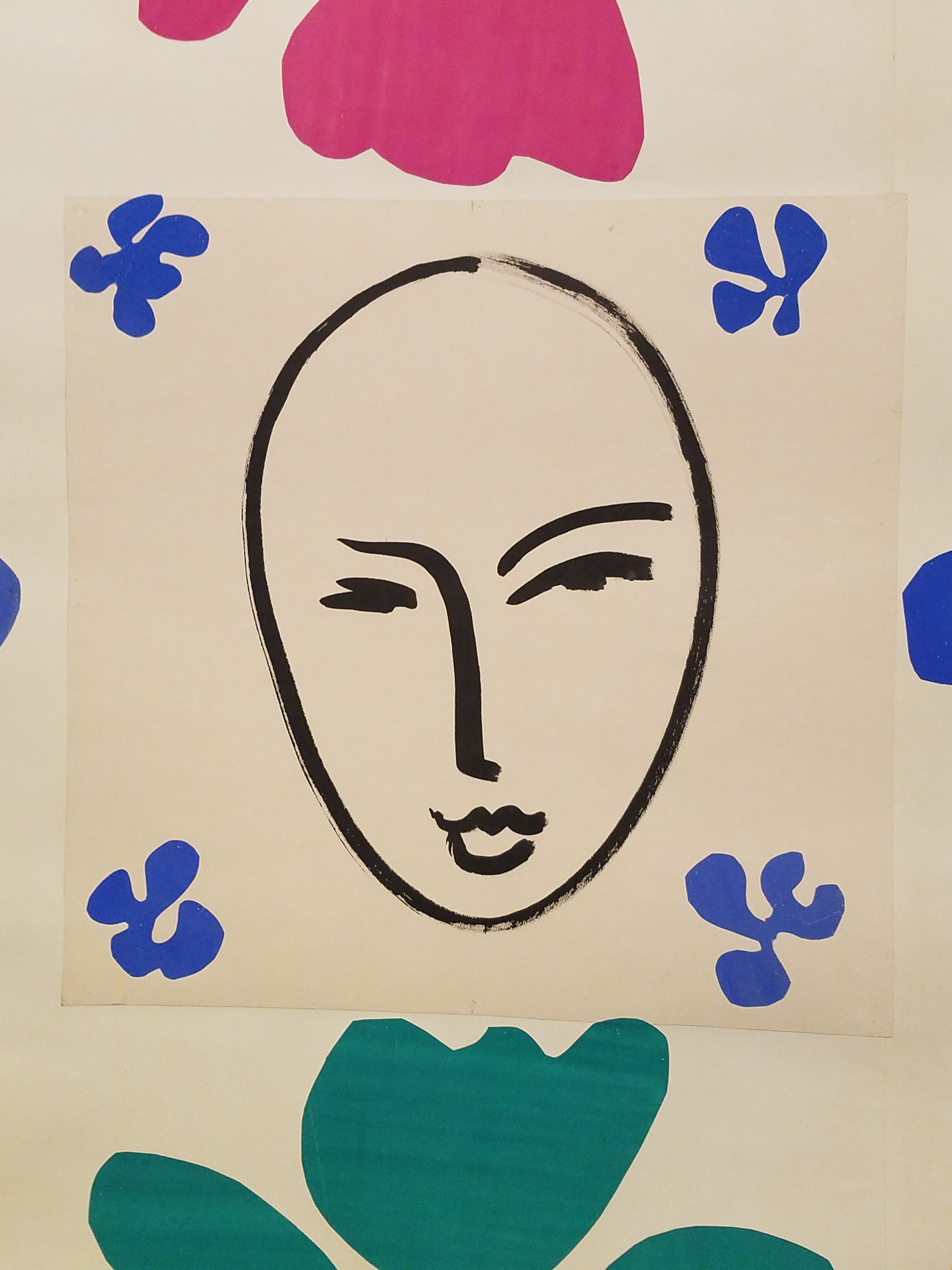
From awestruck to silly…to a quiet reverence at coming to the black and white photo of this enormous piece in Hotel Regina in Nice in 1953!! Seeing it in the setting of its day and captured in a photo all those many years ago was one of many moments of reverence.
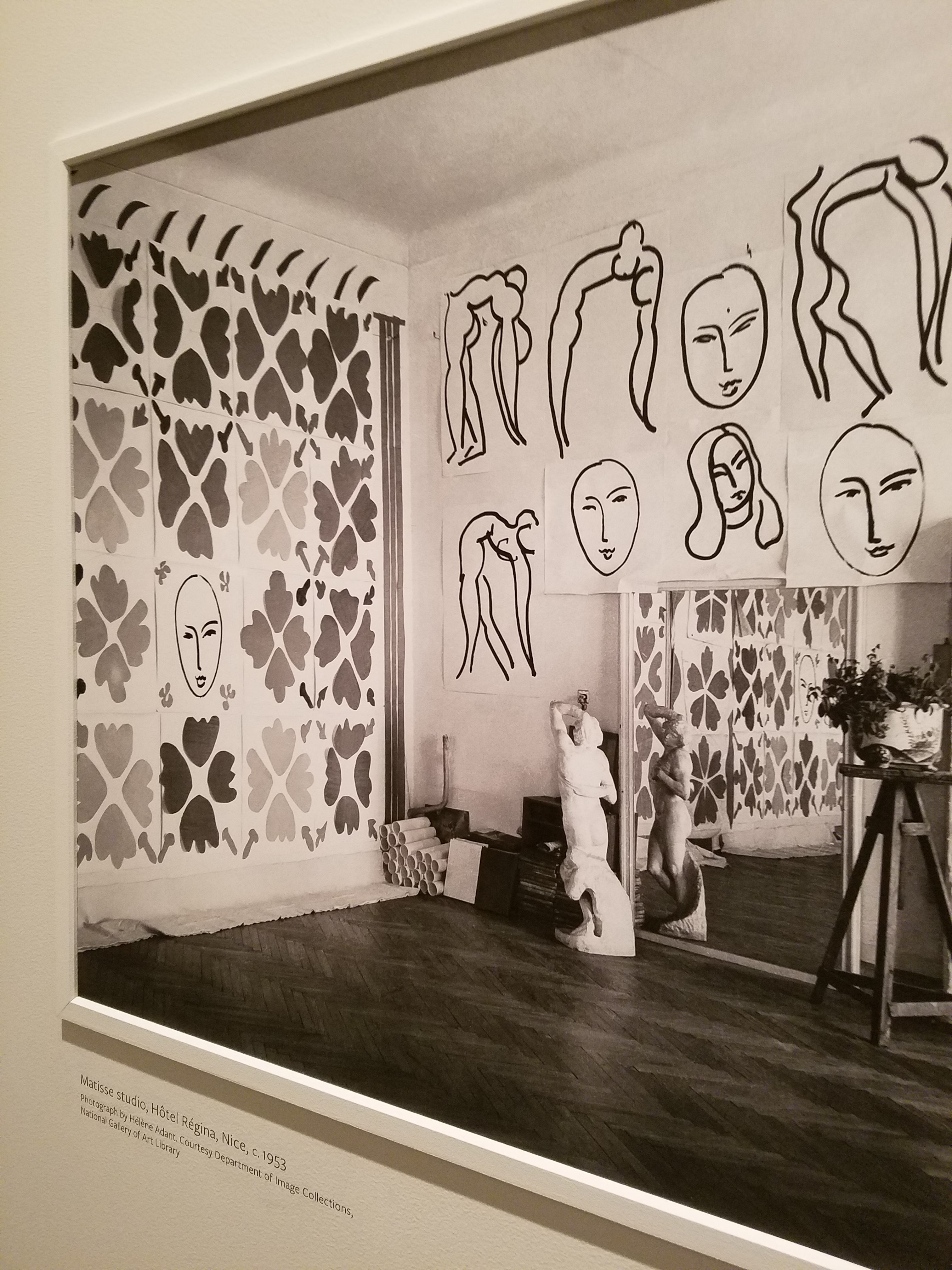
Once again, pay attention to the little things, be surprised, let yourself be amused and enjoy discovering art wherever you might find it – unexpected and very much expected places!

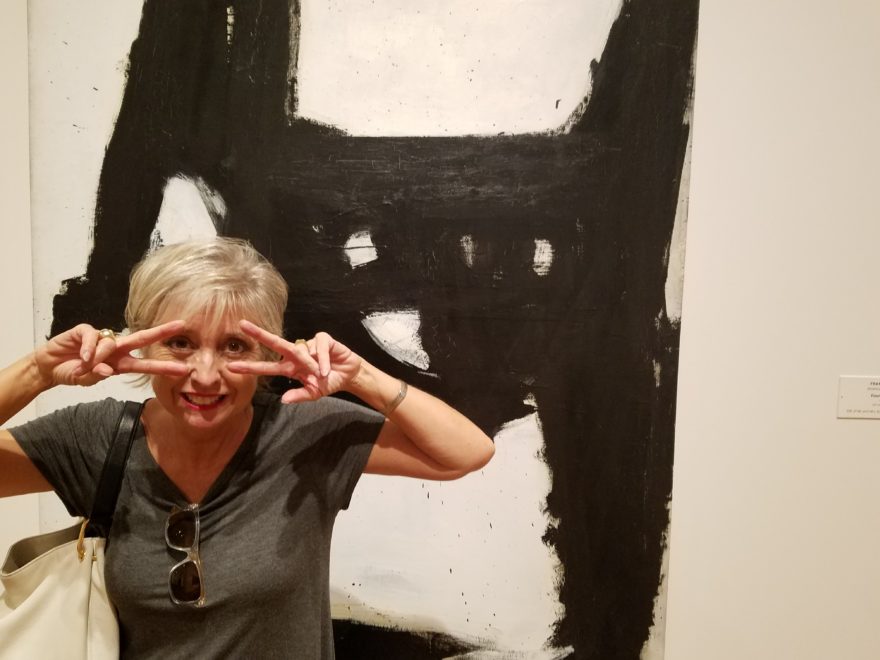
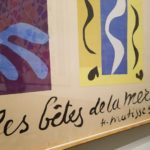
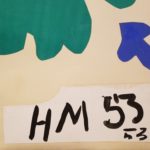
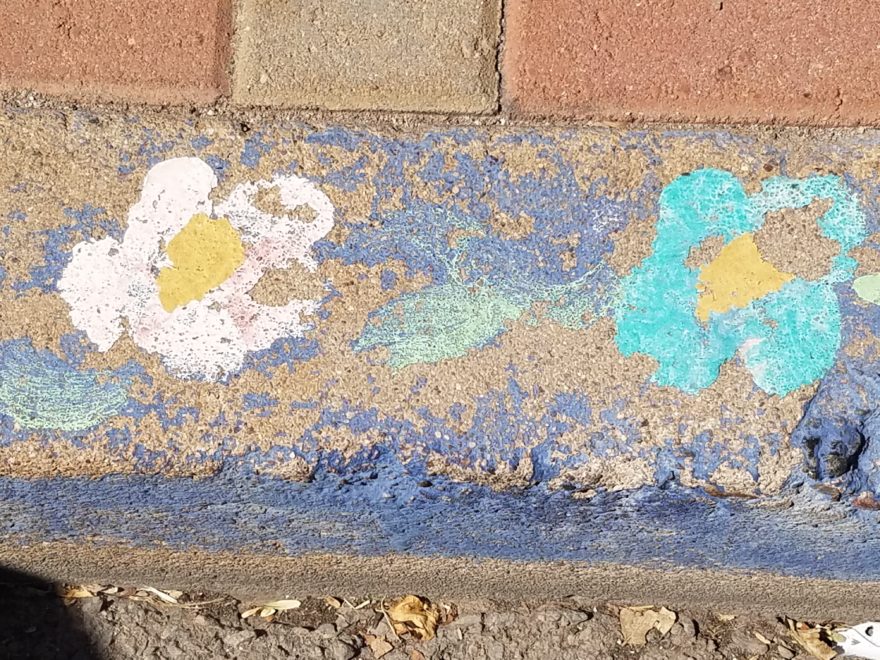
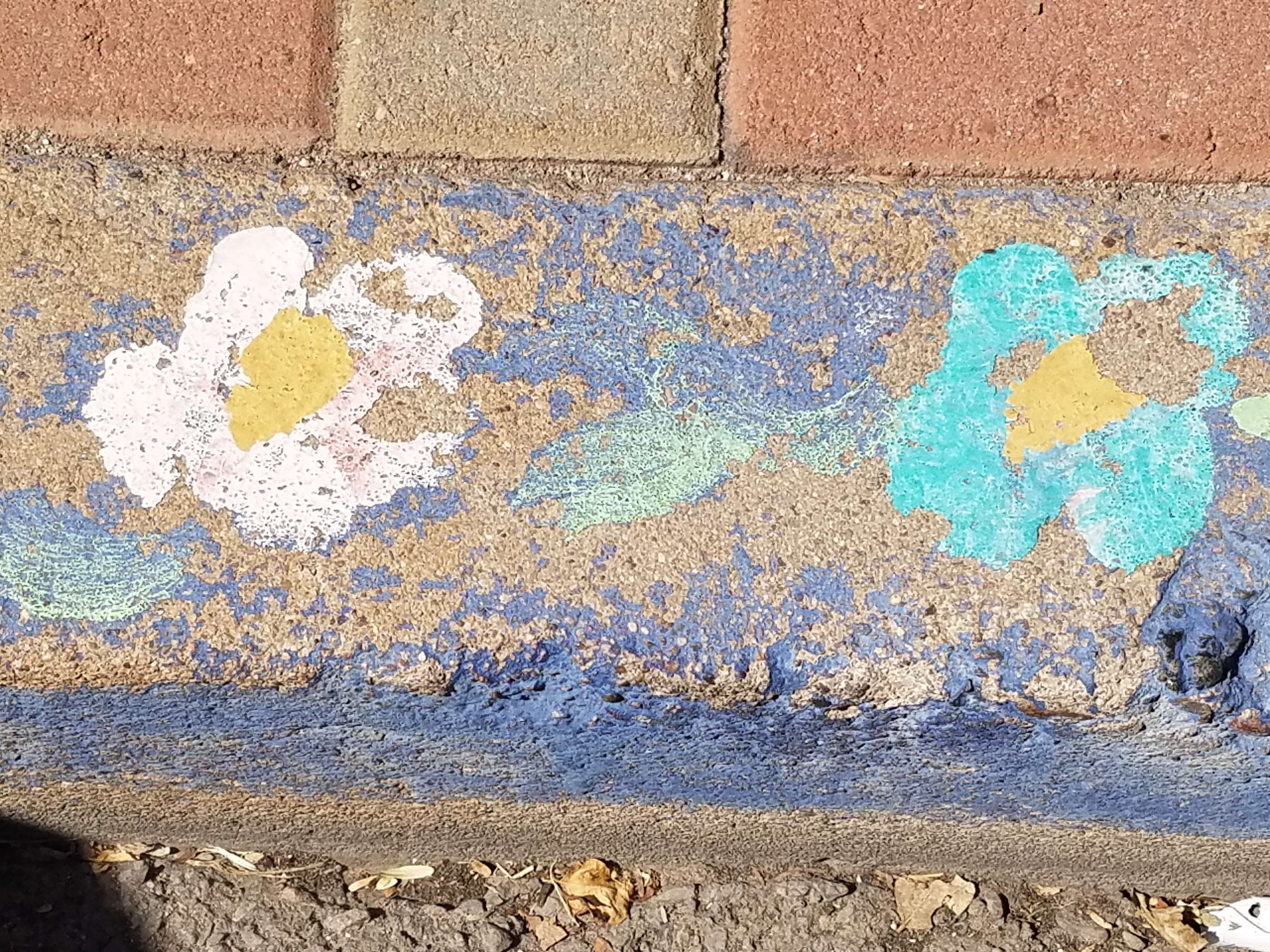
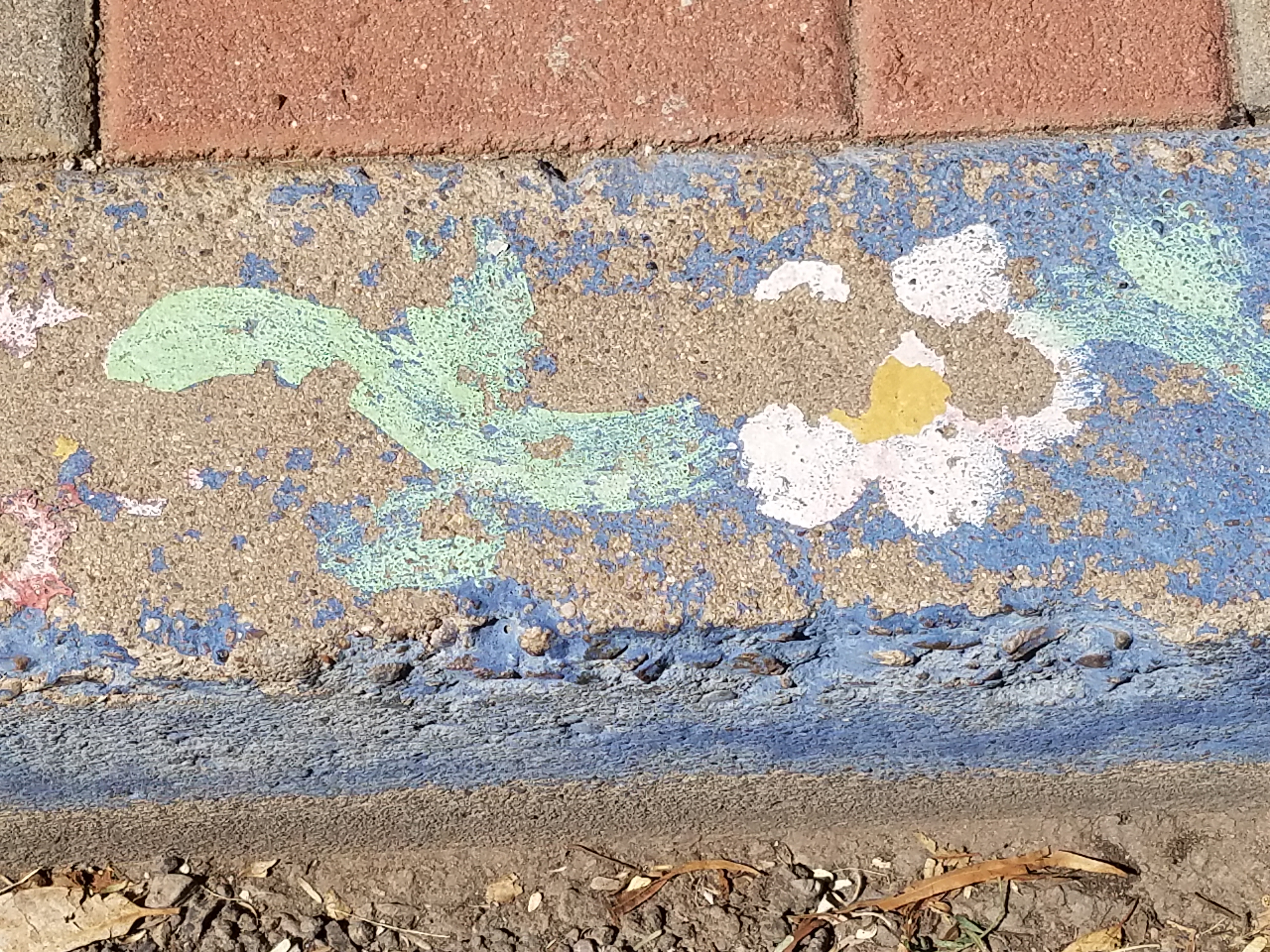

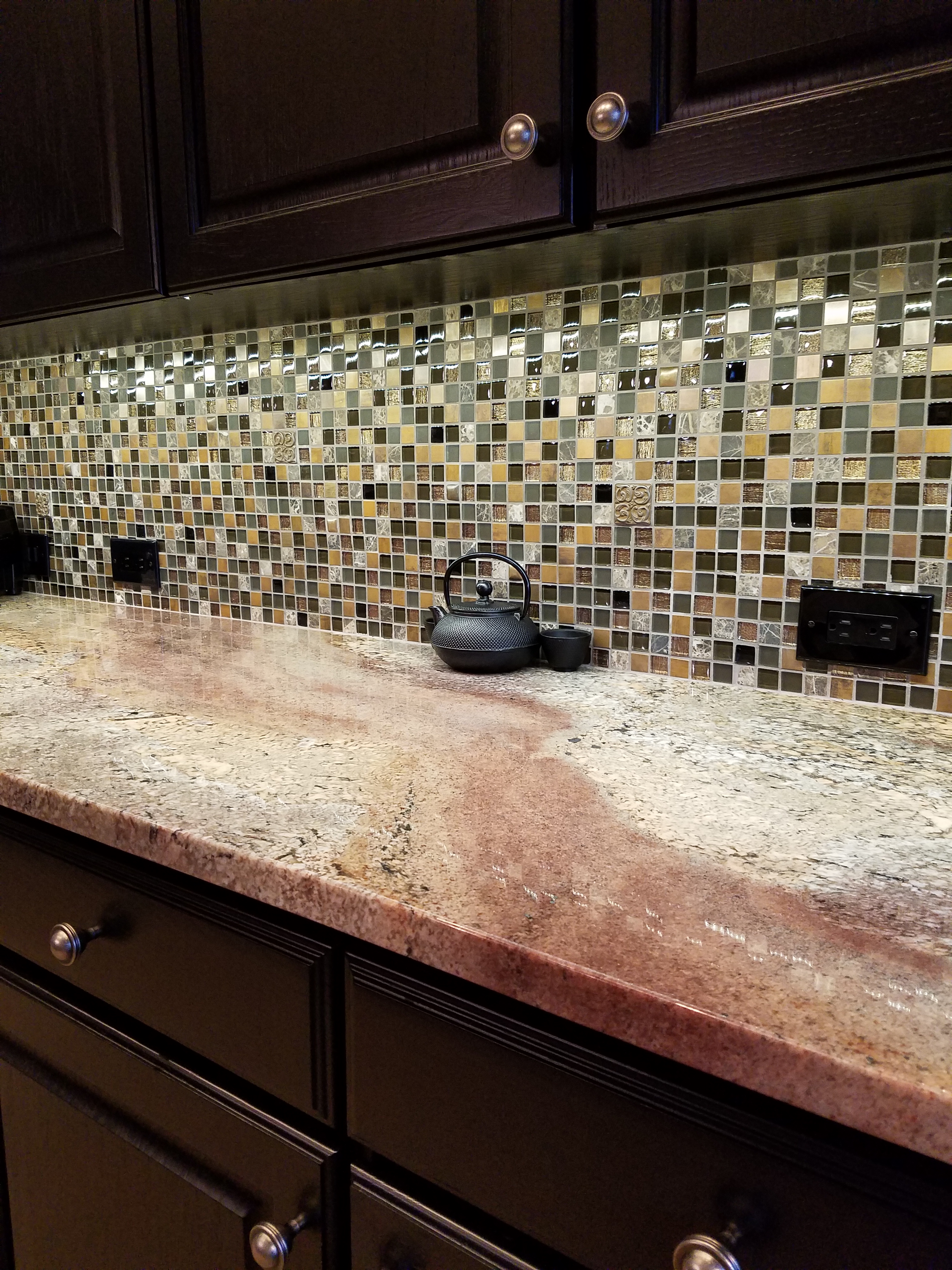
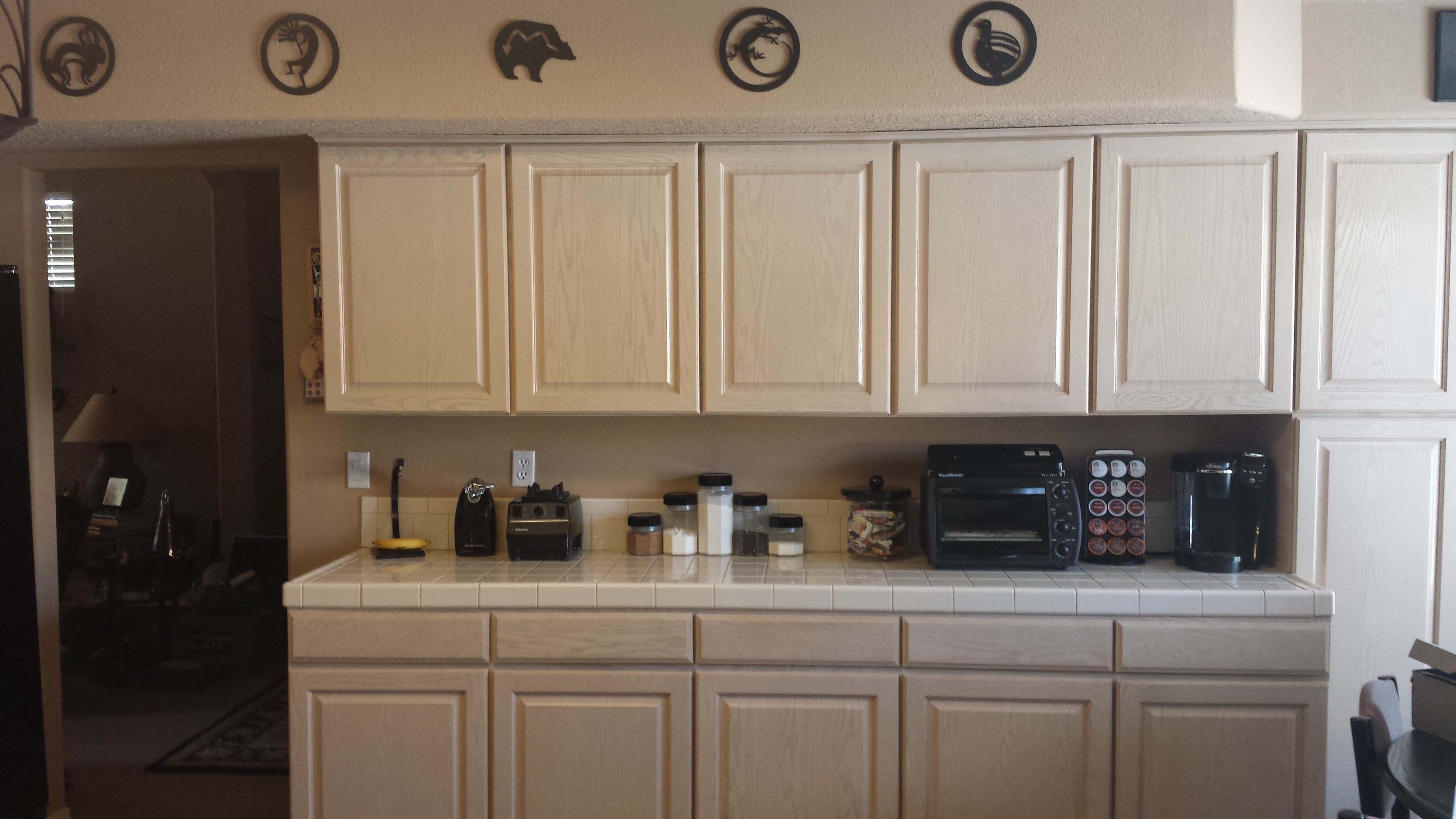
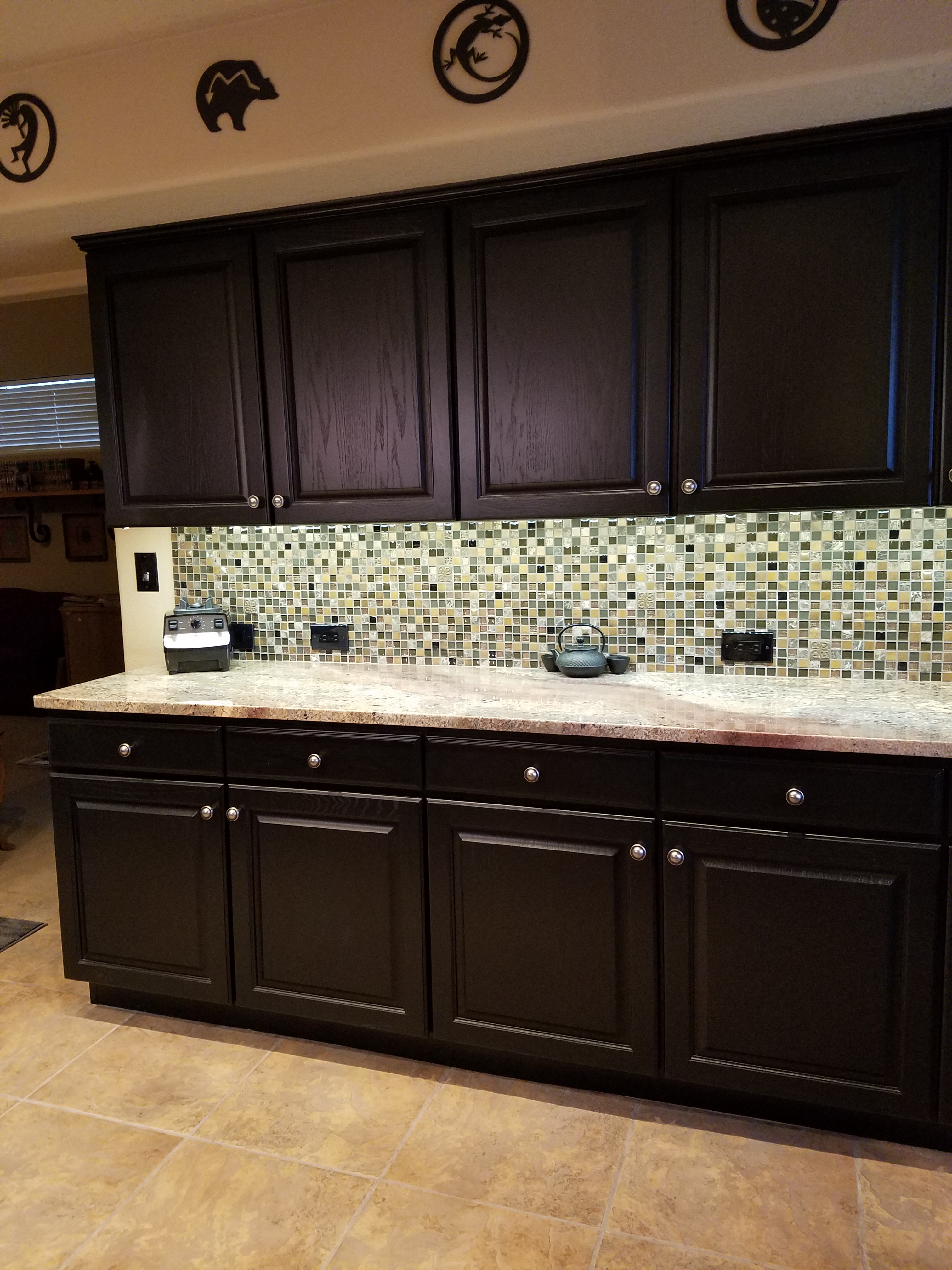

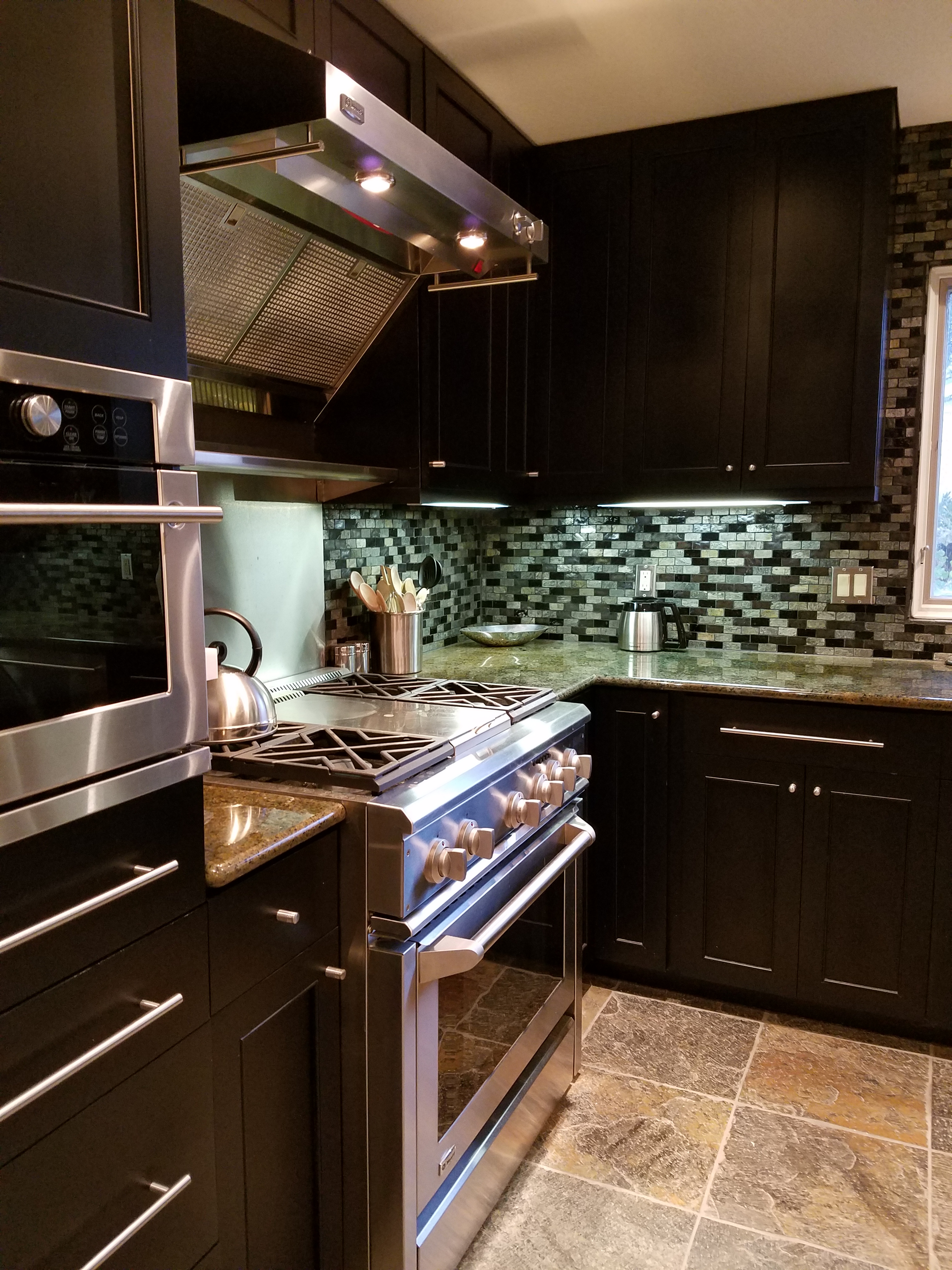
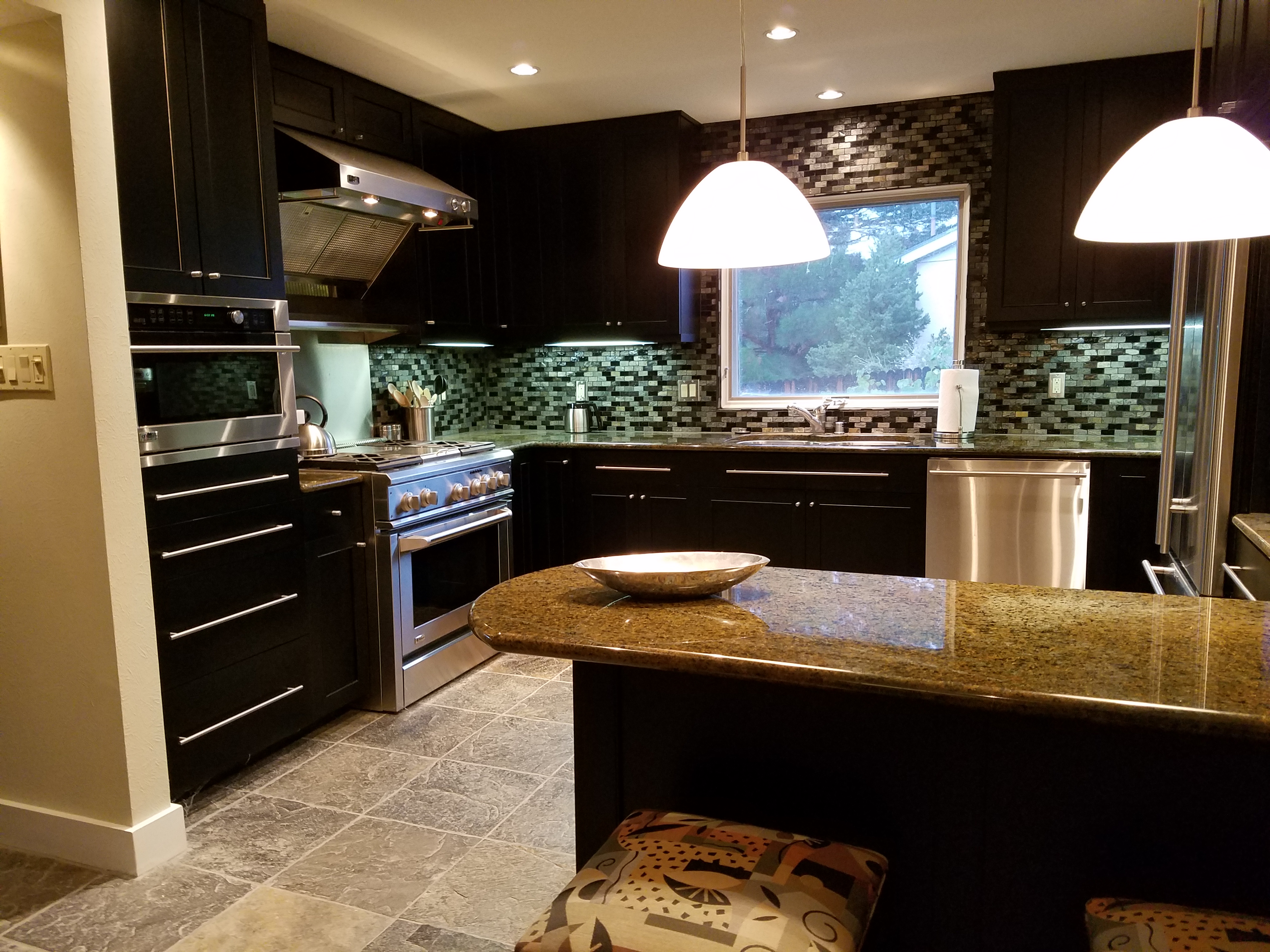
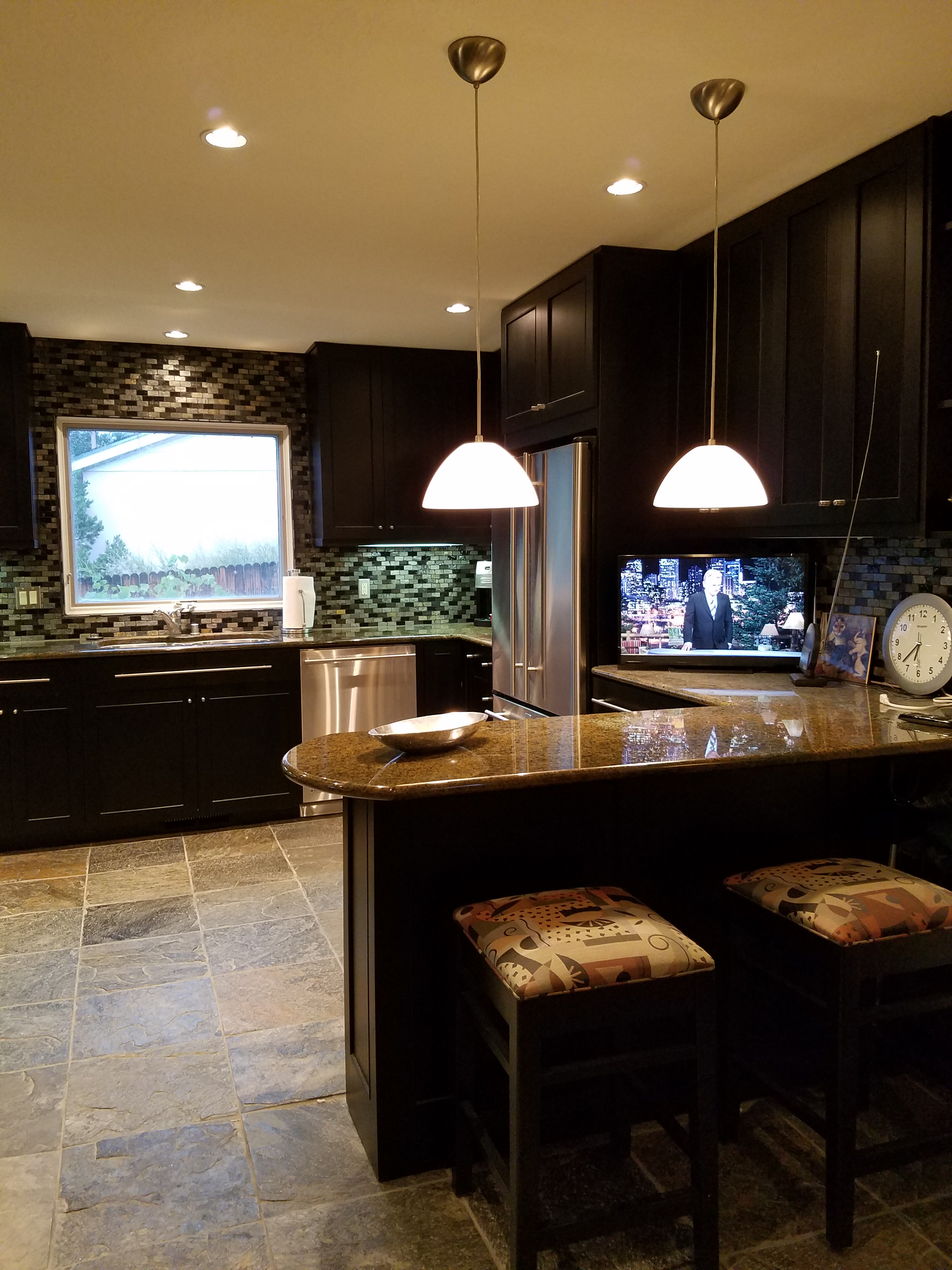
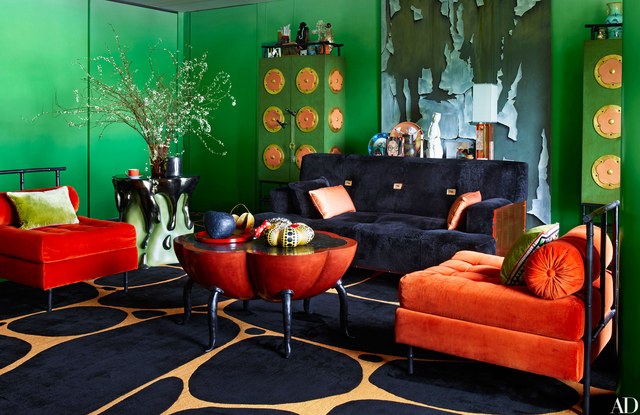
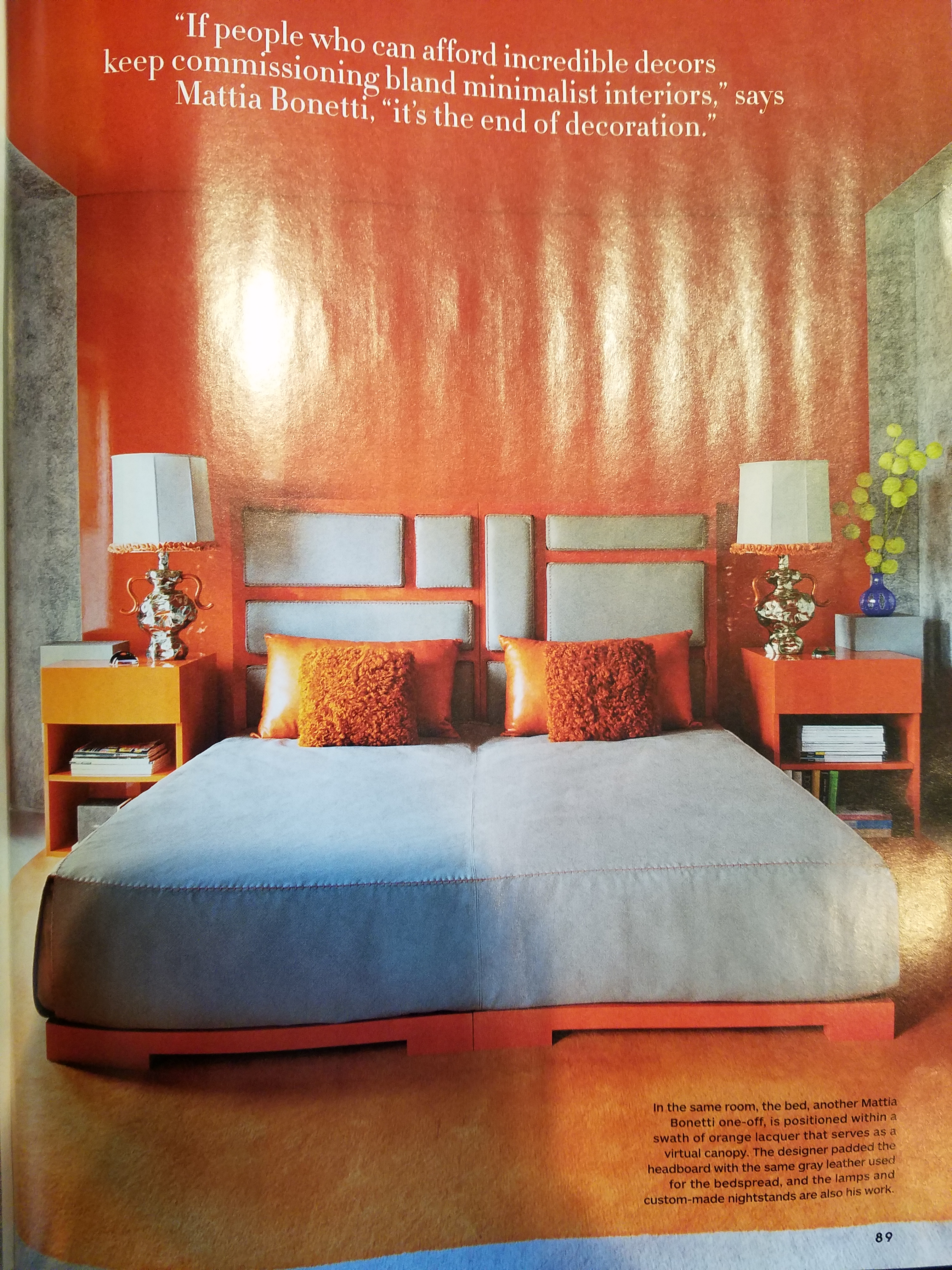
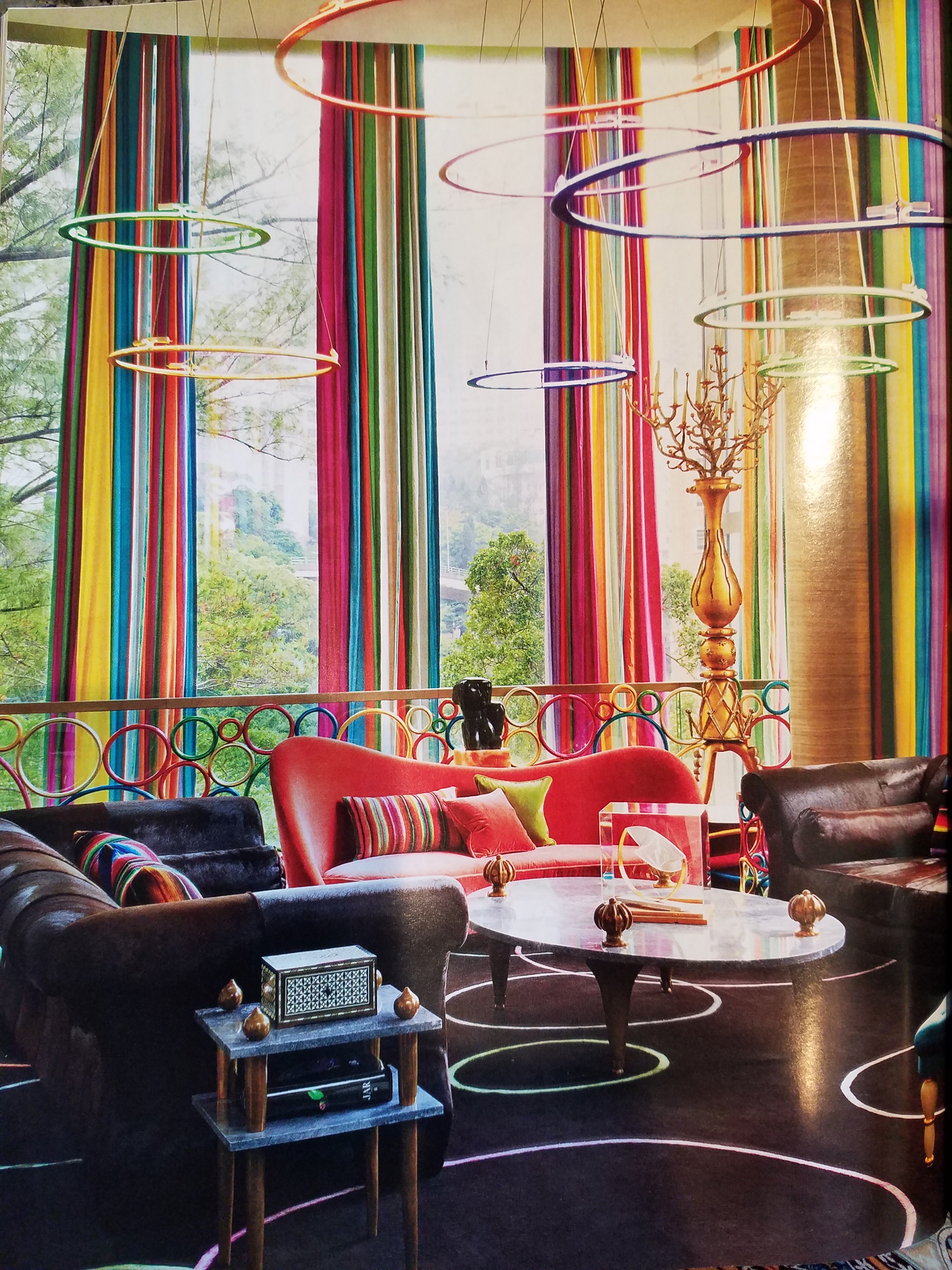
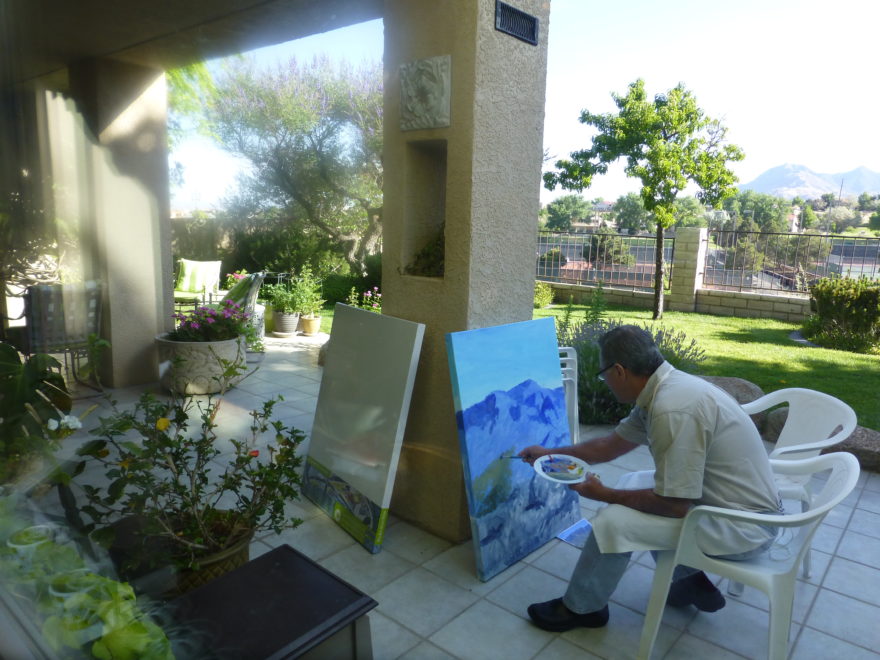
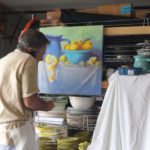
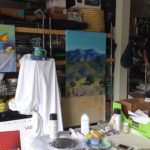
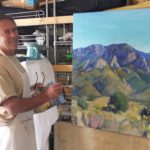

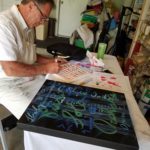
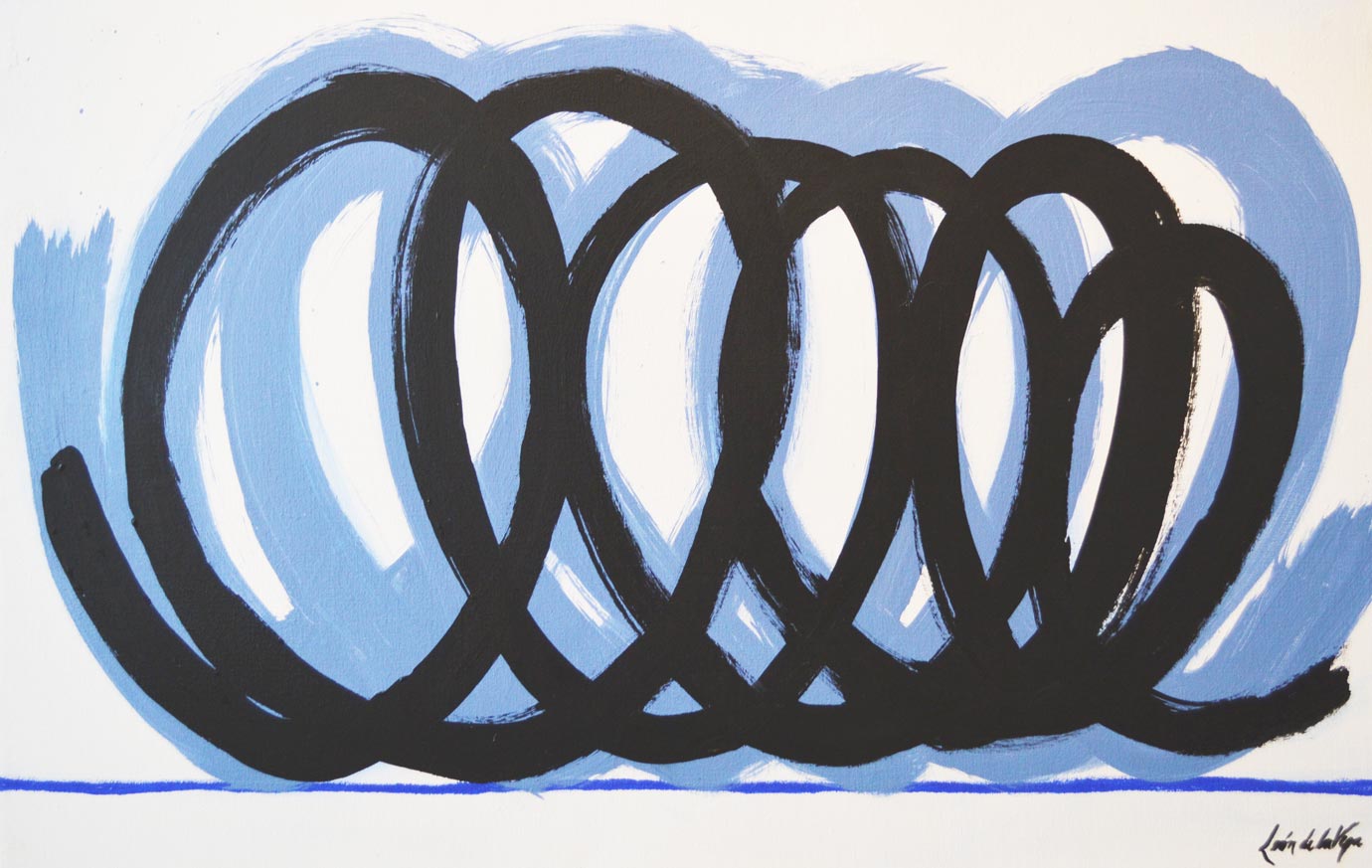
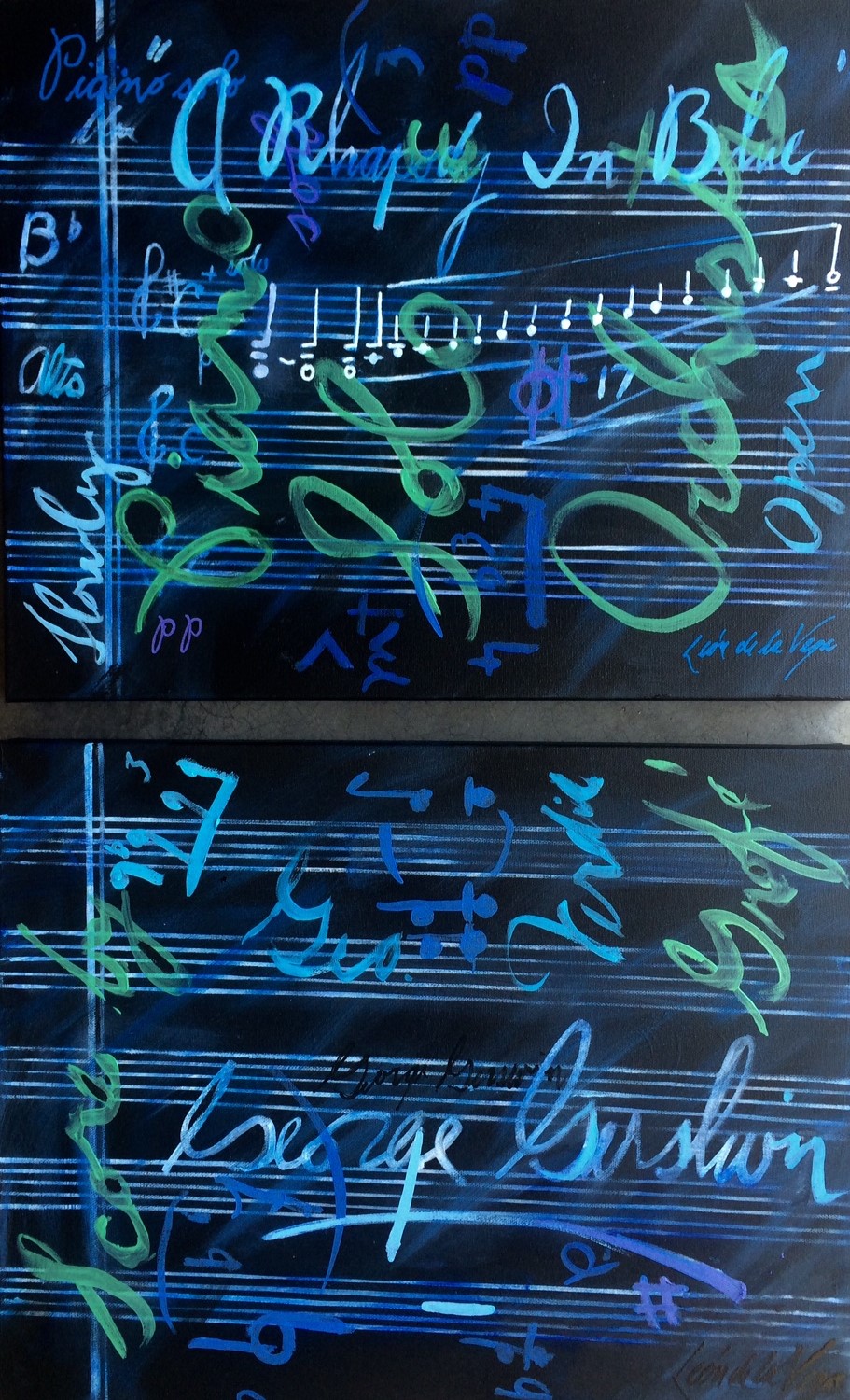
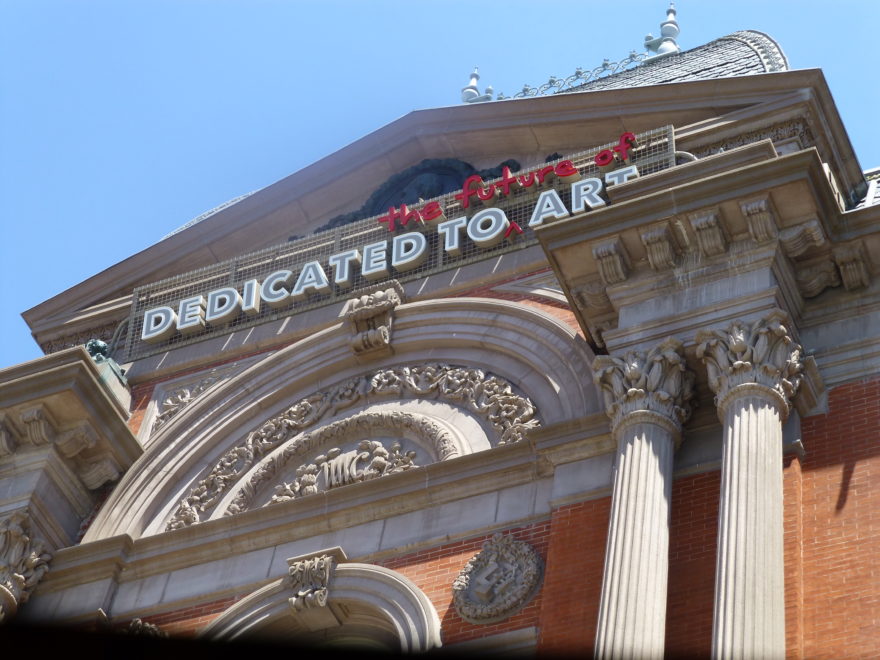
 The ladders and other tools of the installation unintentionally supported the amazing trompe l’oiel effect. It was not a piece under cover at all – but the cover formed to suggest that there was a statuesque clock beneath it WAS the art!
The ladders and other tools of the installation unintentionally supported the amazing trompe l’oiel effect. It was not a piece under cover at all – but the cover formed to suggest that there was a statuesque clock beneath it WAS the art!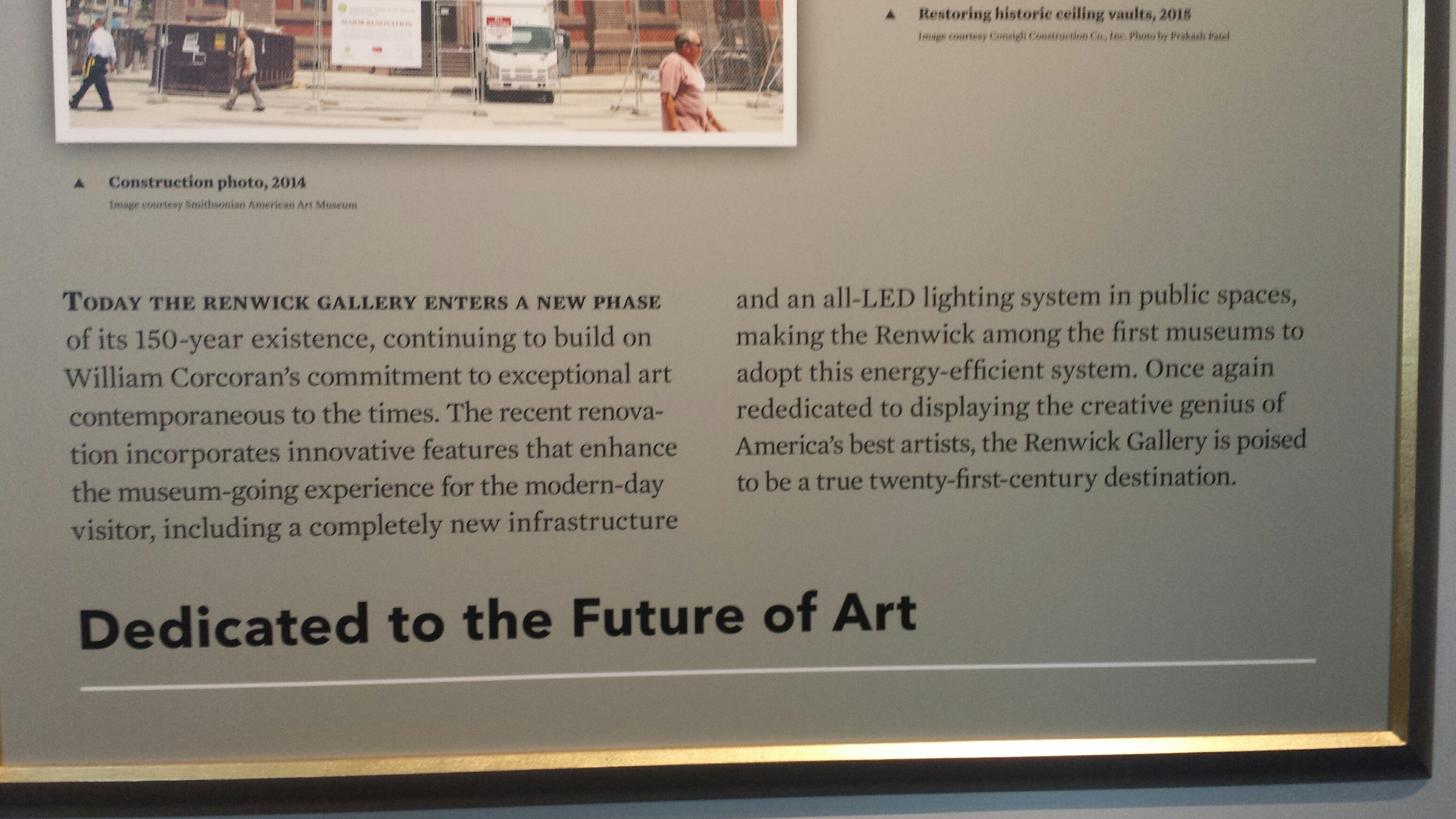 Here we found the story. It is a story of passion for the arts, dedication to preserving and presenting, offering to the public these rare opportunities and during its life it has been confiscated and re-purposed for wartimes, protected by Jackie Kennedy and preserved under the official order of Lyndon Johnson that it be returned to its original purpose to be “Dedicated to Art” as a the unique exhibit space it was designed to be.
Here we found the story. It is a story of passion for the arts, dedication to preserving and presenting, offering to the public these rare opportunities and during its life it has been confiscated and re-purposed for wartimes, protected by Jackie Kennedy and preserved under the official order of Lyndon Johnson that it be returned to its original purpose to be “Dedicated to Art” as a the unique exhibit space it was designed to be. 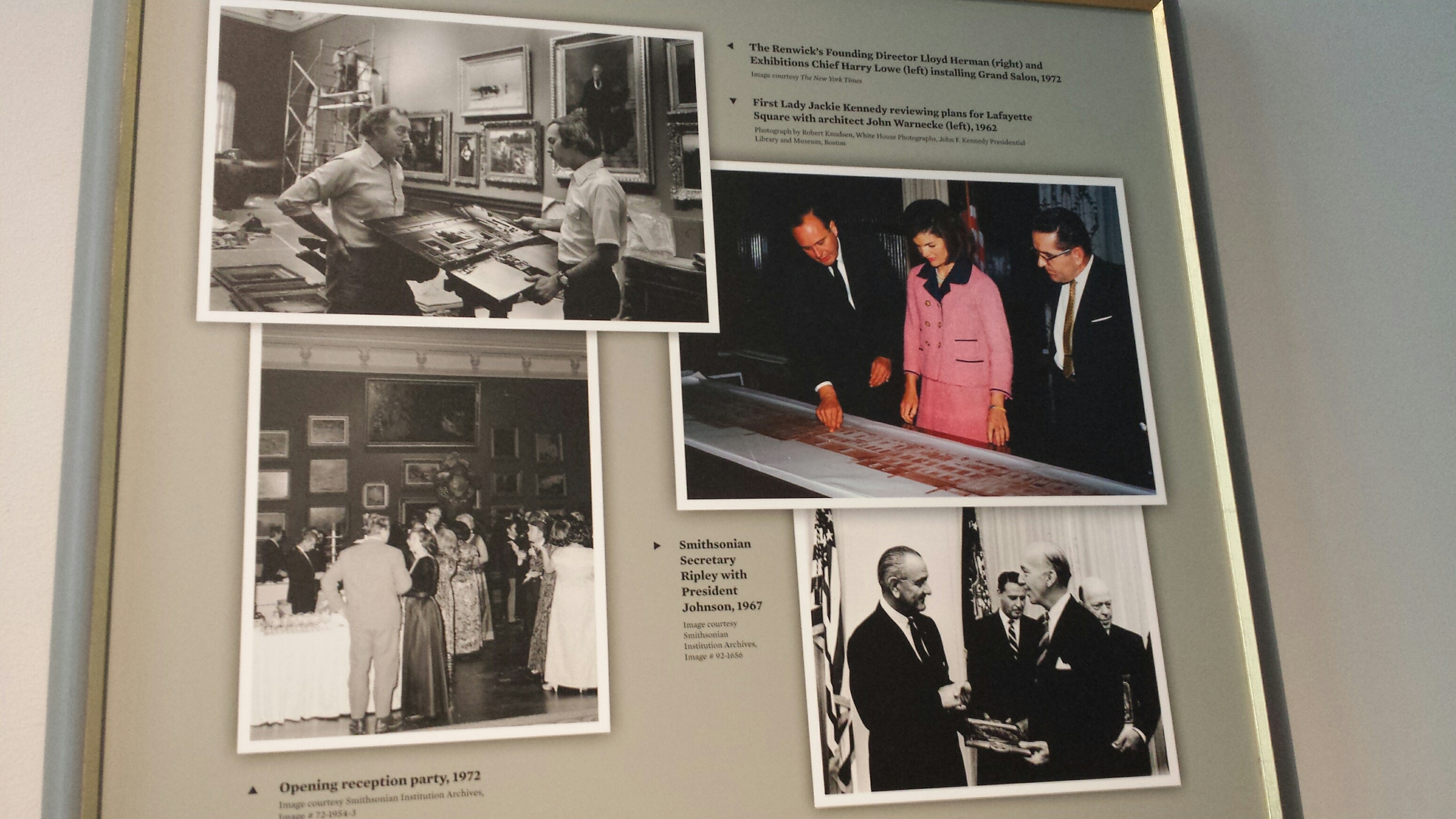
 and look up and you will be dazzled by a permanently exhibited Chihuly chandelier dangling with droplets of green glass that looks like it was dispensed from a frozen yogurt machine – soft and spiral, layers of iridescent and luminous forms.
and look up and you will be dazzled by a permanently exhibited Chihuly chandelier dangling with droplets of green glass that looks like it was dispensed from a frozen yogurt machine – soft and spiral, layers of iridescent and luminous forms.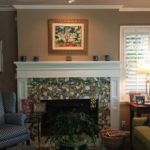
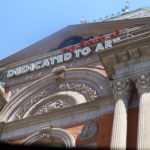
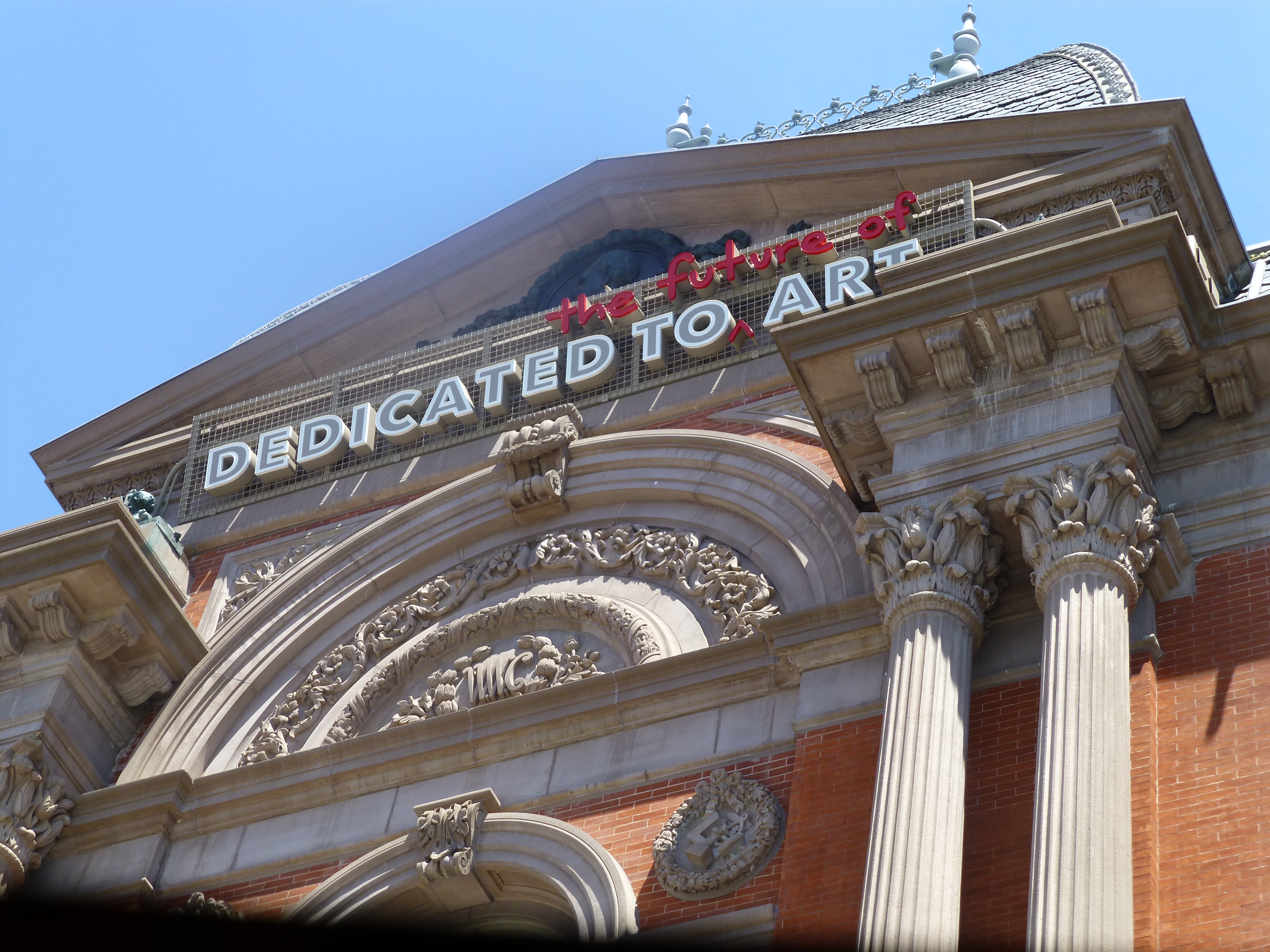 Oh well…
Oh well…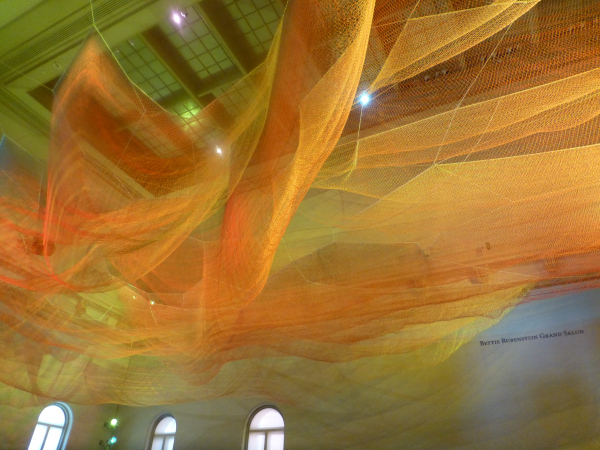
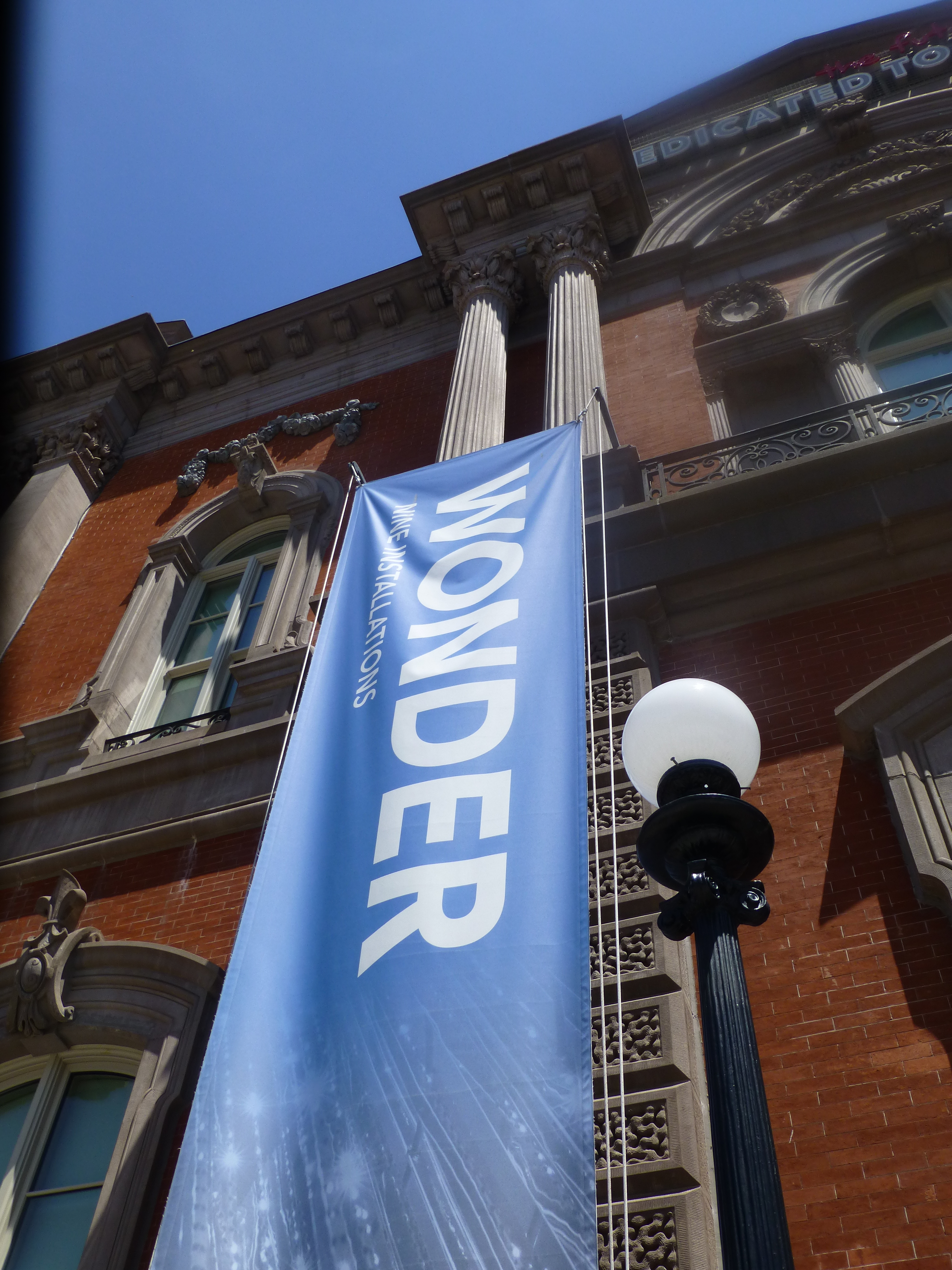 It truly is a wonderment for all ages. This architecturally magnificent building designed in 1859 by James Renwick, in the then chic Parisian Second Empire Style, is the elegant backdrop for a most progressive and creative collection of present day modern artists’ works. Diverse examples, of spectacular displays using simple materials, brought to life in forms unexpected – of grand proportion and thrilling magnitude. Although my learned and previewer cousin had introduced me to the exhibit in advance, it captivated and engaged beyond my expectations.
It truly is a wonderment for all ages. This architecturally magnificent building designed in 1859 by James Renwick, in the then chic Parisian Second Empire Style, is the elegant backdrop for a most progressive and creative collection of present day modern artists’ works. Diverse examples, of spectacular displays using simple materials, brought to life in forms unexpected – of grand proportion and thrilling magnitude. Although my learned and previewer cousin had introduced me to the exhibit in advance, it captivated and engaged beyond my expectations.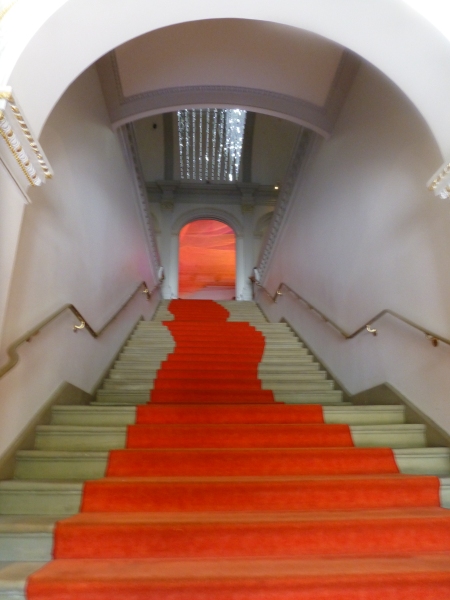
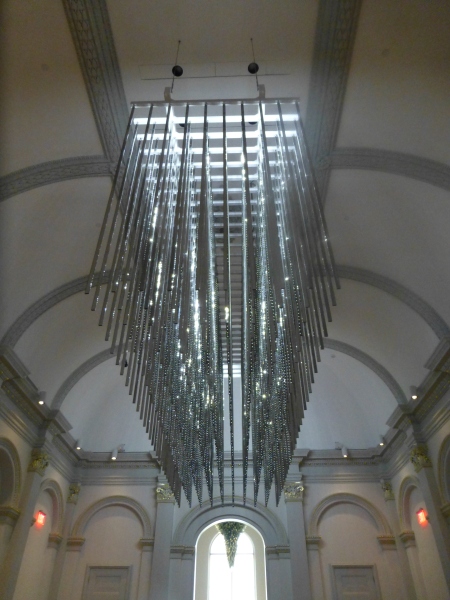 The glitz and bling make such a striking, formal, contemporary statement in this expansive volume that it startles with joyful contrast. The artist, Leo Villareal of whom I had heard in advance, was originally from Albuquerque – where we now call home. A remote desert origination transplanted into the fast pace of the urban centers of the east coast resulting in this shiny experimentation with light, form and wonderfully reflective surfaces. Villareal melds basic high-tech coding to use his own algorithm of the binary system 1s and 0s communicating to the lights when to turn off and turn on – yet sequences that are never exactly repeated .
The glitz and bling make such a striking, formal, contemporary statement in this expansive volume that it startles with joyful contrast. The artist, Leo Villareal of whom I had heard in advance, was originally from Albuquerque – where we now call home. A remote desert origination transplanted into the fast pace of the urban centers of the east coast resulting in this shiny experimentation with light, form and wonderfully reflective surfaces. Villareal melds basic high-tech coding to use his own algorithm of the binary system 1s and 0s communicating to the lights when to turn off and turn on – yet sequences that are never exactly repeated .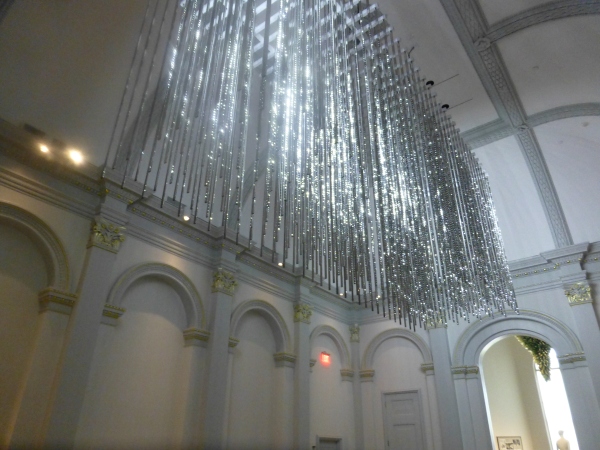 It’s not just your linear code of characters that is read on a screen – here it is an artistic experience shared by all who look up in this gallery’s exciting exhibit.
It’s not just your linear code of characters that is read on a screen – here it is an artistic experience shared by all who look up in this gallery’s exciting exhibit.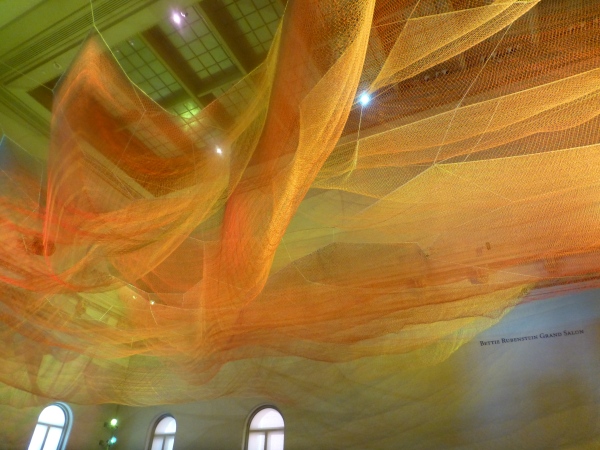 Large scaffolding at the end of the room suggests the manual installation that was required to suspend this wondrous drape catching light and glowing with golden aura.
Large scaffolding at the end of the room suggests the manual installation that was required to suspend this wondrous drape catching light and glowing with golden aura. 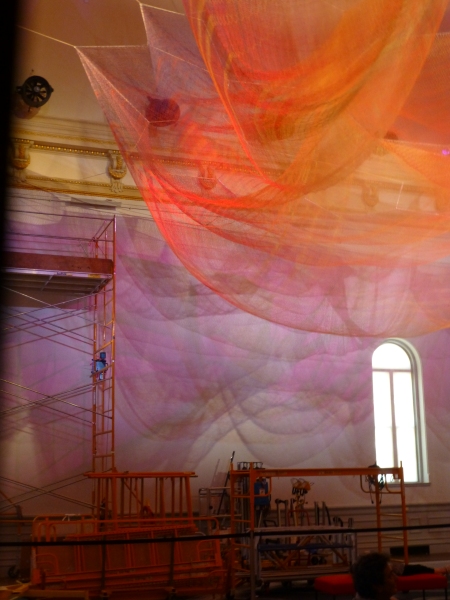
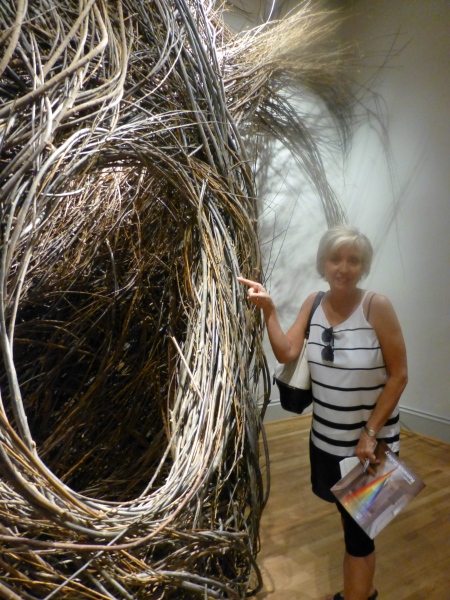 We were at once drawn into these cozy nurturing cubbies of what appeared to be nature – not forms created by man. Nature. Organic and raw, elegant and graceful winding toward the far reaches of the very high ceilings. Like a sculptor who says that the stone dictates what it wants to be and how he carves it – Dougherty knows that the long willow branches have a true will and bend their own way challenging him to work with them toward that goal of partnership with nature. The beauty is in the end result. People of all ages wandered in and out, peeking through window-like openings pretending to be exploring an enchanted forest of wonder.
We were at once drawn into these cozy nurturing cubbies of what appeared to be nature – not forms created by man. Nature. Organic and raw, elegant and graceful winding toward the far reaches of the very high ceilings. Like a sculptor who says that the stone dictates what it wants to be and how he carves it – Dougherty knows that the long willow branches have a true will and bend their own way challenging him to work with them toward that goal of partnership with nature. The beauty is in the end result. People of all ages wandered in and out, peeking through window-like openings pretending to be exploring an enchanted forest of wonder.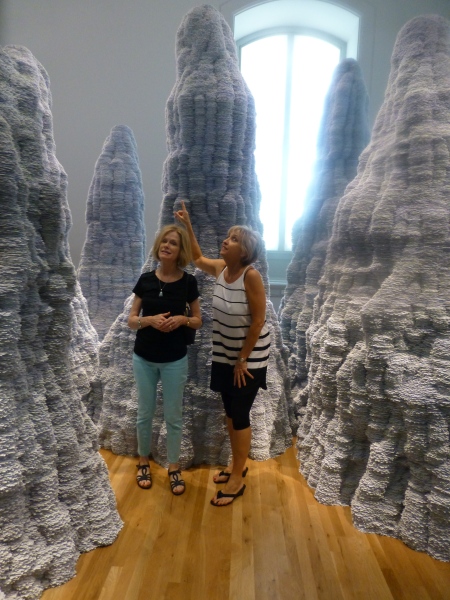 Have you ever experienced Tent Rocks?
Have you ever experienced Tent Rocks? 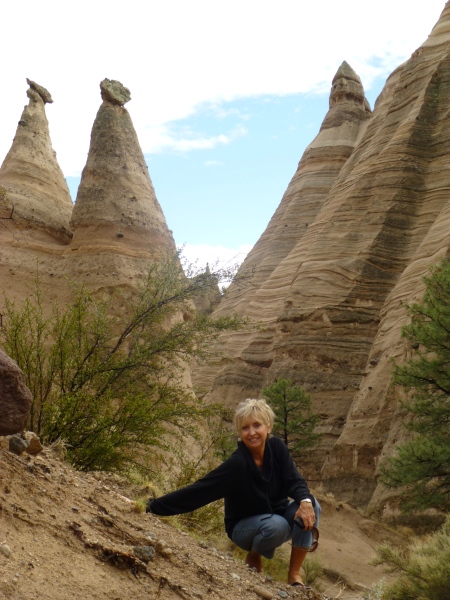 Have you ever looked upward and around and through the magnificent forms created by nature eroding the earth’s strata revealing layers of color and creating spires of rocky towers? It is a magic land just south of Cochiti in a very unexpected pocket of nature’s magnificence in our Land of Enchantment. And the spires that artist Tara Donovan created with stacks of index cards – an overwhelming accumulation of millions of index cards suggest grey spires replicating nature’s wonders in the canyons among the spires of the Tent Rocks.
Have you ever looked upward and around and through the magnificent forms created by nature eroding the earth’s strata revealing layers of color and creating spires of rocky towers? It is a magic land just south of Cochiti in a very unexpected pocket of nature’s magnificence in our Land of Enchantment. And the spires that artist Tara Donovan created with stacks of index cards – an overwhelming accumulation of millions of index cards suggest grey spires replicating nature’s wonders in the canyons among the spires of the Tent Rocks. 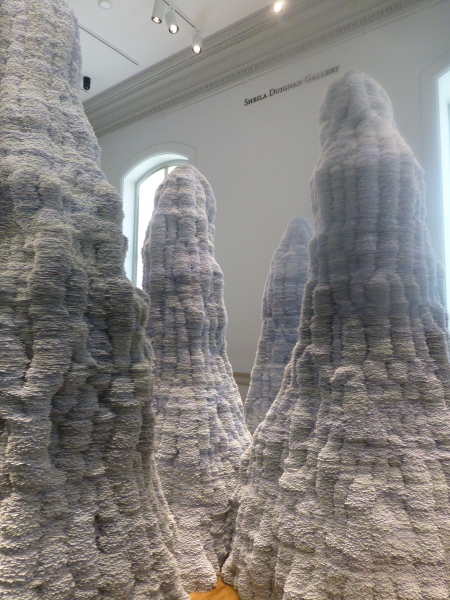 It’s as though a photographer captured this natural formation in black and white. Donovan’s interpretations are tones of grey as a result of the stacked white index cards with slivers of shadow sucking away light in between each of them. Clustered and staggering in height, the “Untitled” towers are inviting to walk amidst and pass between, winding around them like a tourist or explorer or perhaps inhabitant in ages past and present as they have stood for ages.
It’s as though a photographer captured this natural formation in black and white. Donovan’s interpretations are tones of grey as a result of the stacked white index cards with slivers of shadow sucking away light in between each of them. Clustered and staggering in height, the “Untitled” towers are inviting to walk amidst and pass between, winding around them like a tourist or explorer or perhaps inhabitant in ages past and present as they have stood for ages.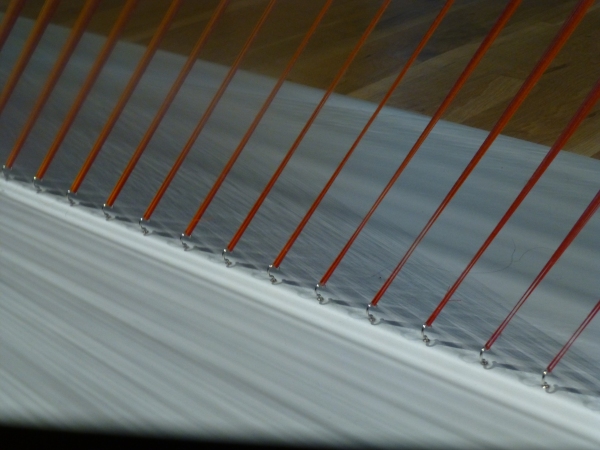 How could a human working only by hand – without computer generated machines digitally fabricating such perfection create this finished piece that we are studying with such wonder? How can this fine tedious seemingly impossible count of thousands of threads be executed with such grandeur and grace by one mere mortal?
How could a human working only by hand – without computer generated machines digitally fabricating such perfection create this finished piece that we are studying with such wonder? How can this fine tedious seemingly impossible count of thousands of threads be executed with such grandeur and grace by one mere mortal? 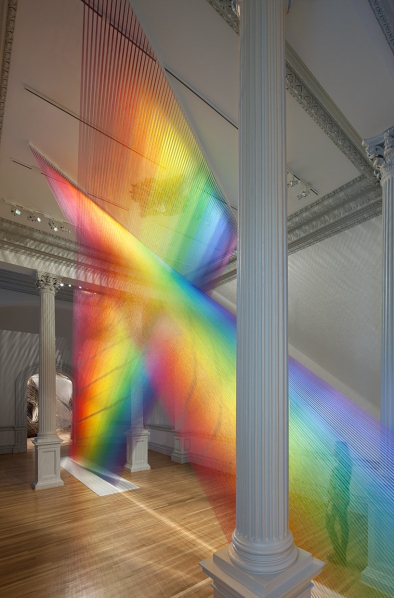 The artist Gabriel Dawe transcends our ability to comprehend the exactness of his beautiful accomplishment with extraordinary patience, precision and creative foresight to imagine the end result and bring it to fruition. It is a wondrous, luminous sculpture of rainbow colored threads inspired by the skies of his native Mexico and current home in East Texas. The fine weavings also inspired by his Mexican heritage are interpreted, stretched and exaggerated here reflecting the light and spectrum of color from its base to ceiling.
The artist Gabriel Dawe transcends our ability to comprehend the exactness of his beautiful accomplishment with extraordinary patience, precision and creative foresight to imagine the end result and bring it to fruition. It is a wondrous, luminous sculpture of rainbow colored threads inspired by the skies of his native Mexico and current home in East Texas. The fine weavings also inspired by his Mexican heritage are interpreted, stretched and exaggerated here reflecting the light and spectrum of color from its base to ceiling. 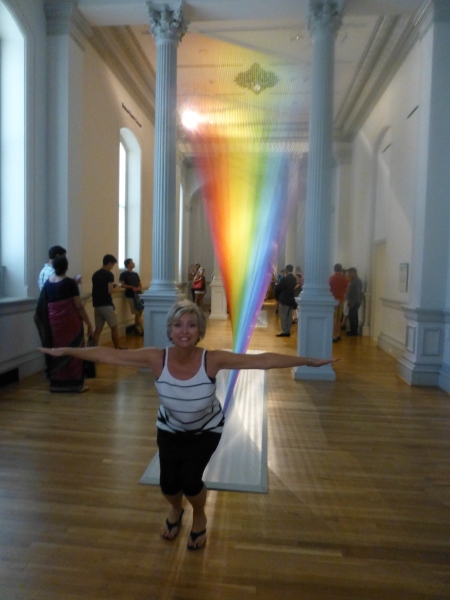
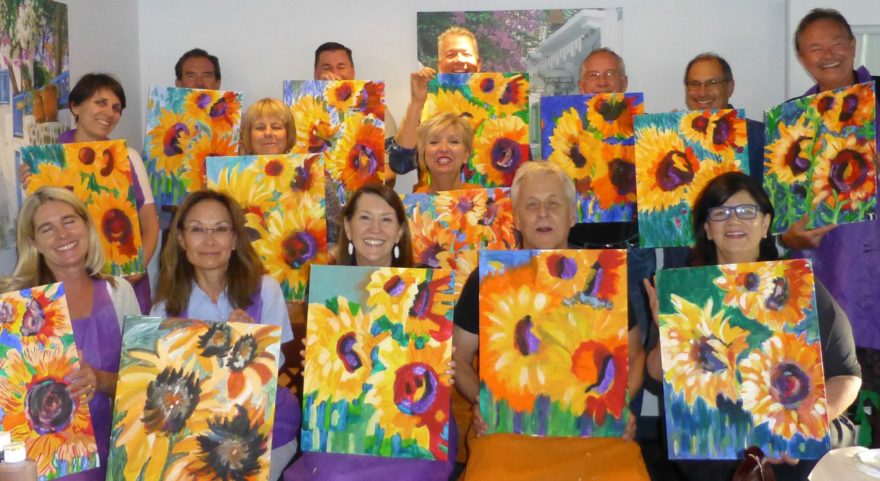
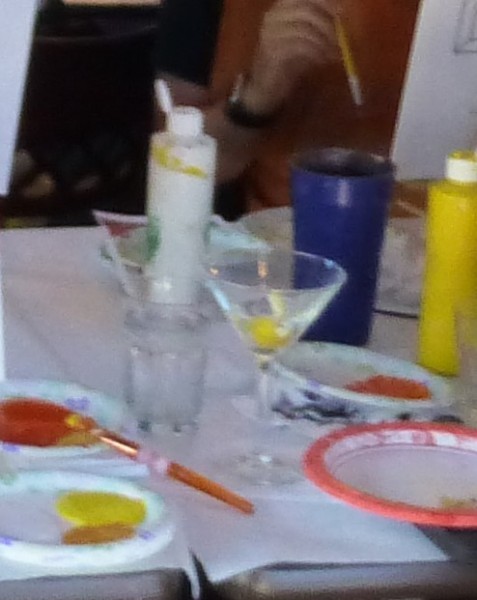
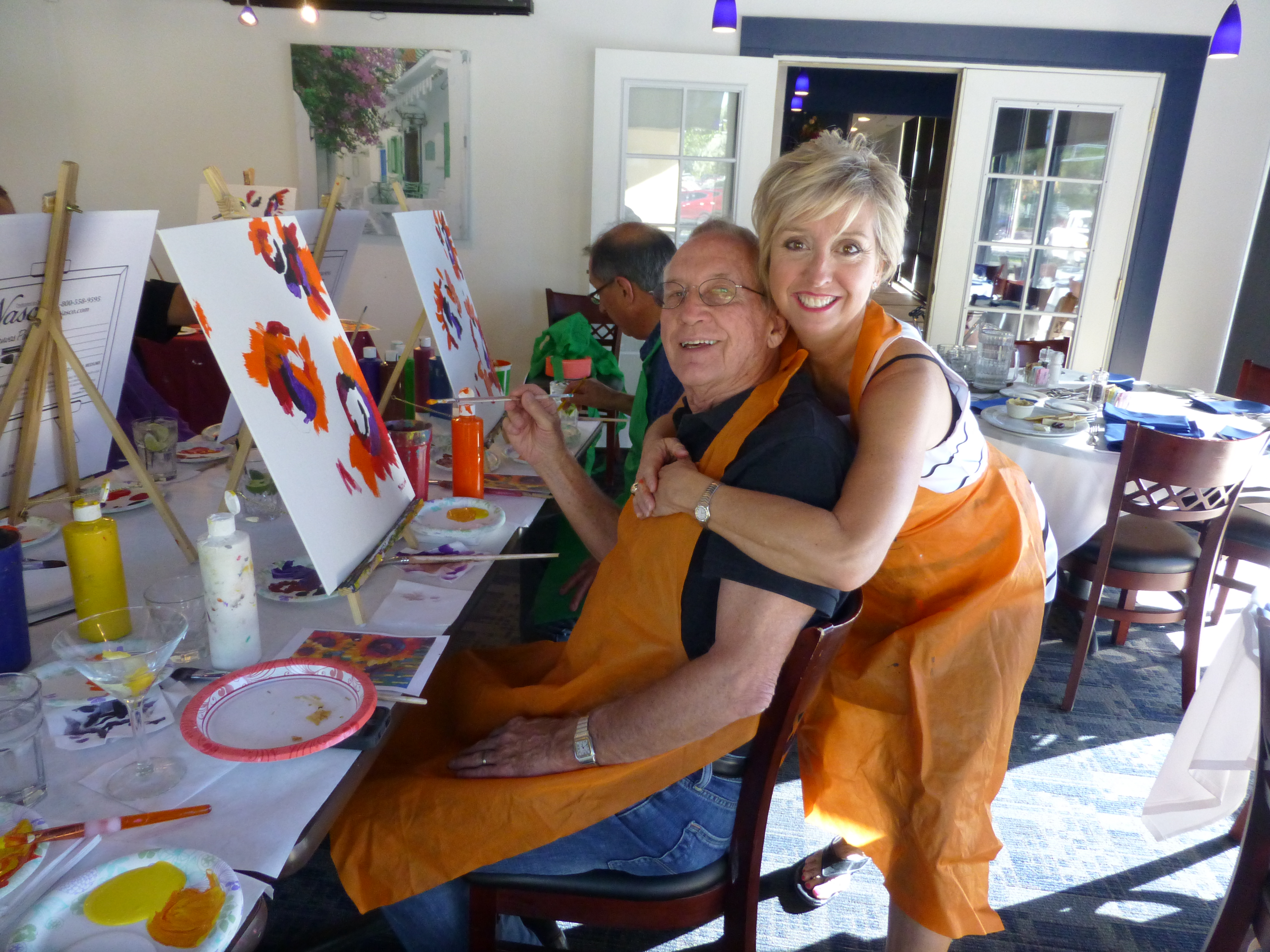
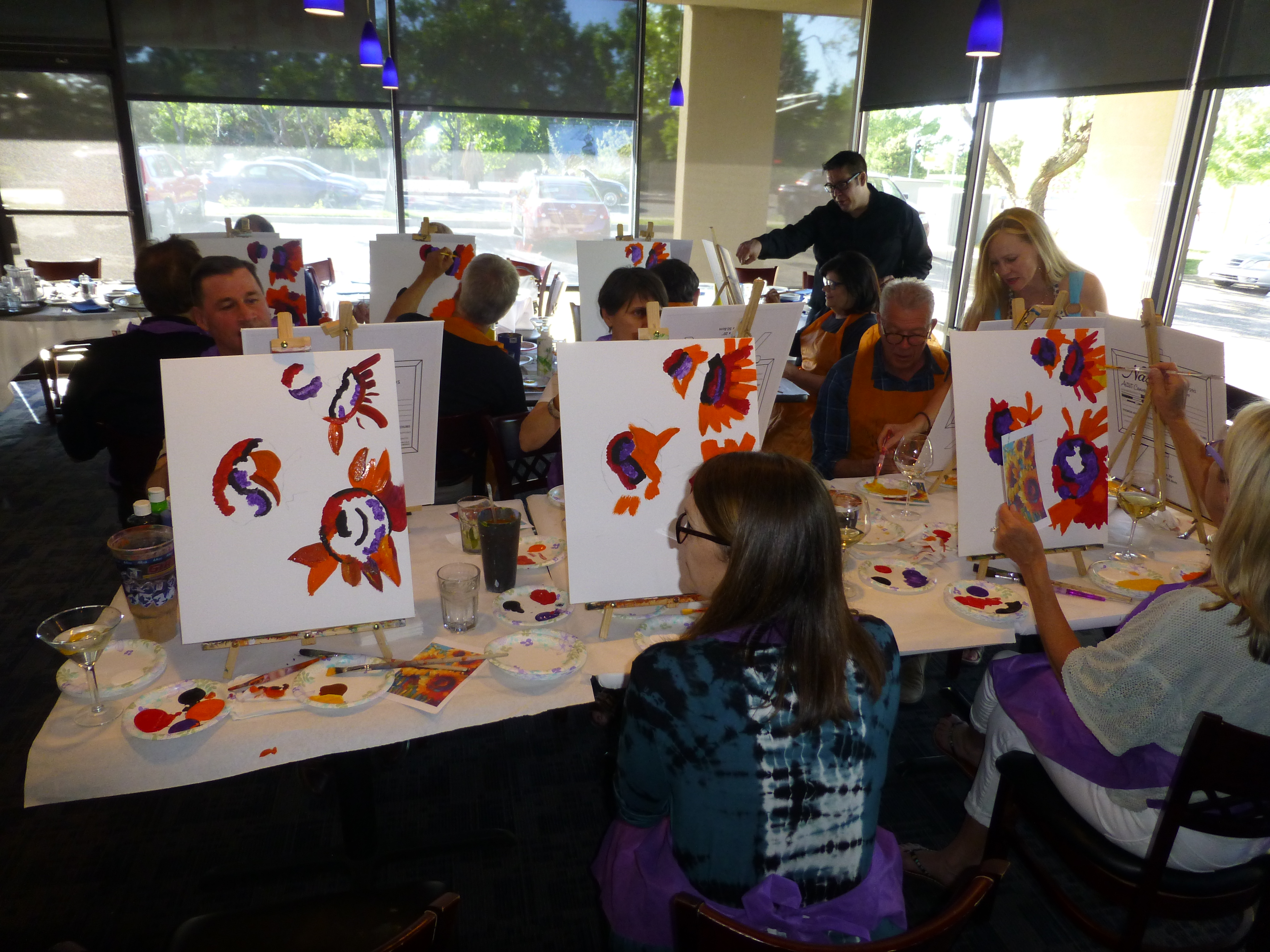
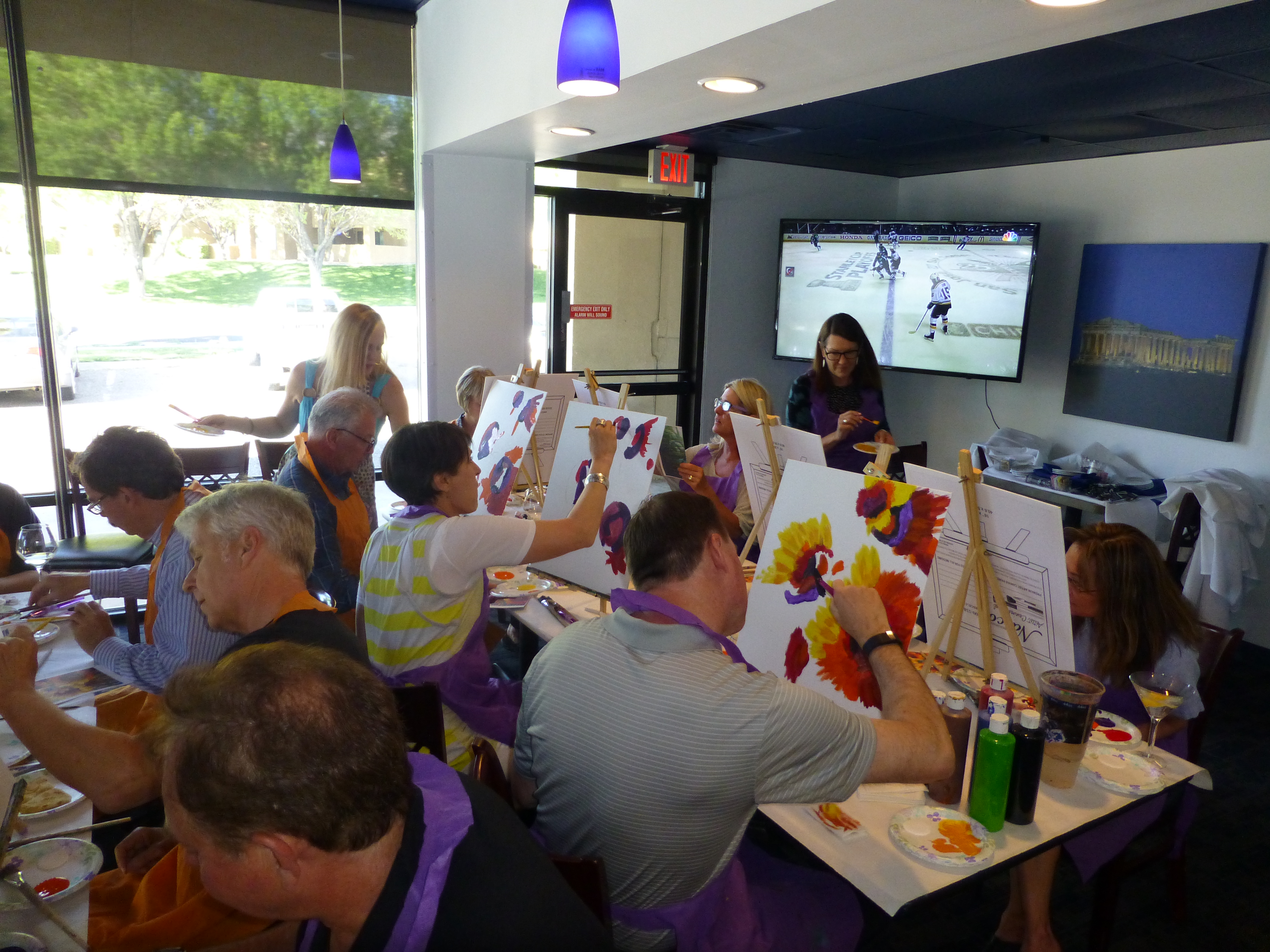
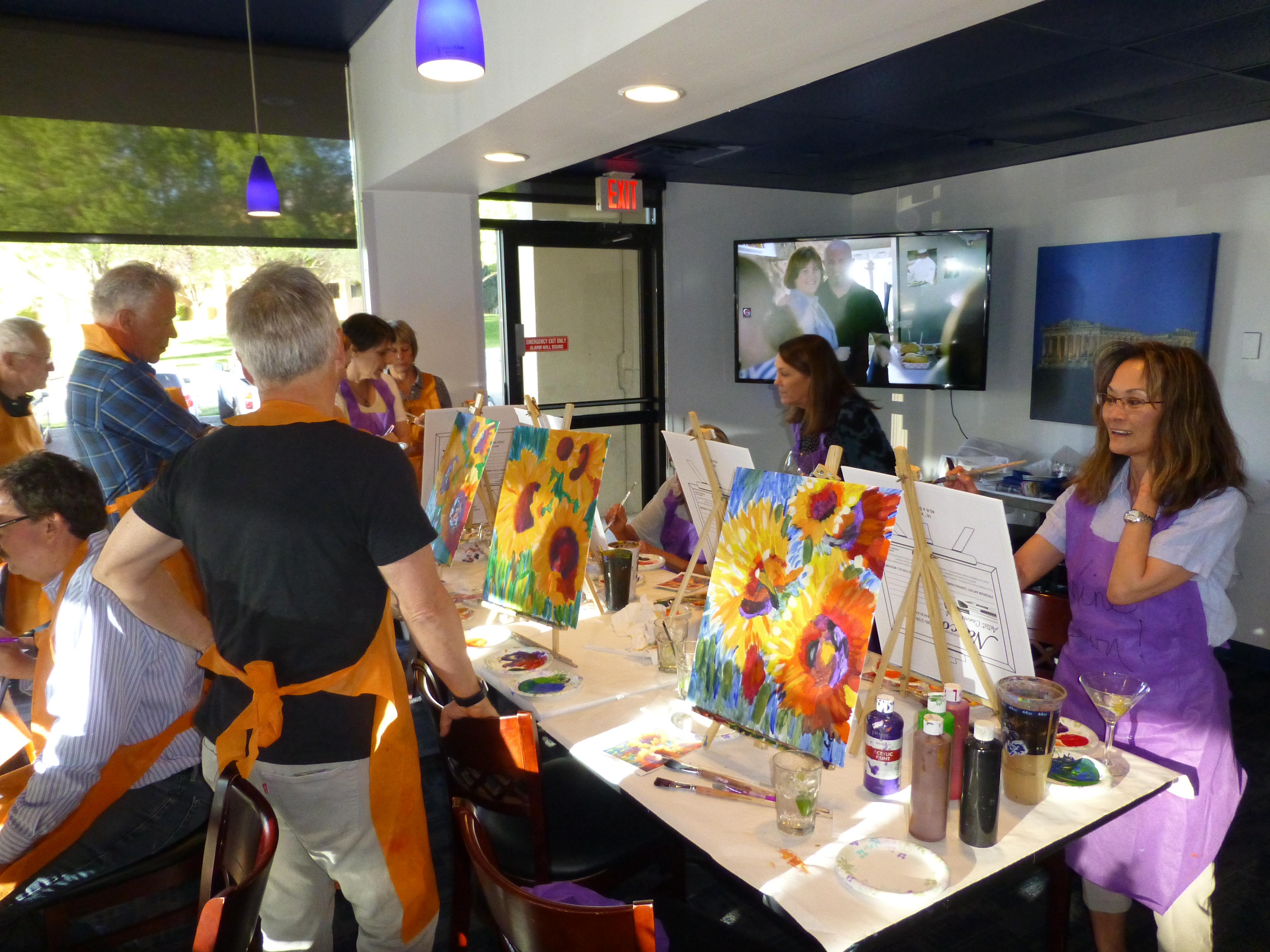
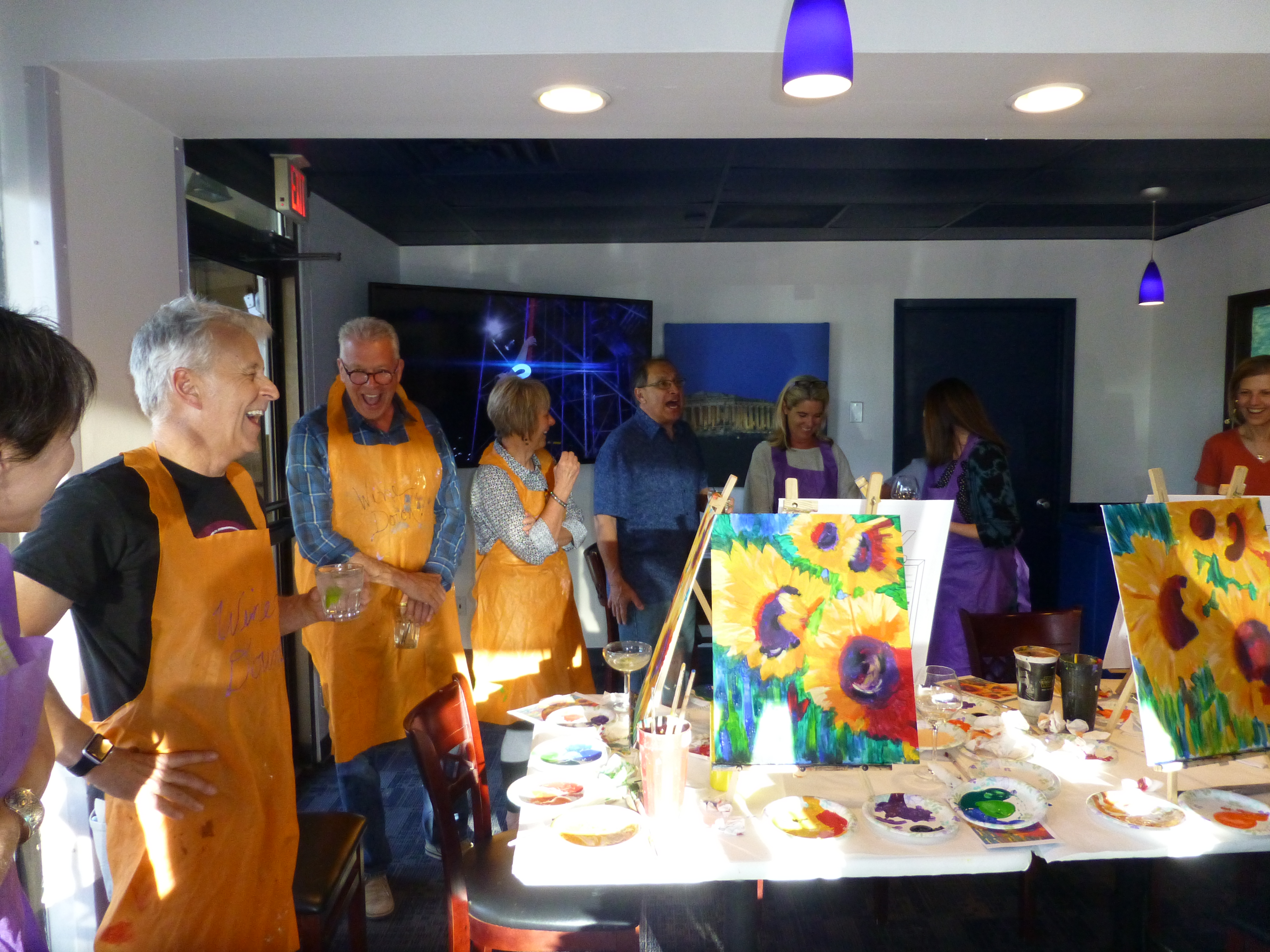
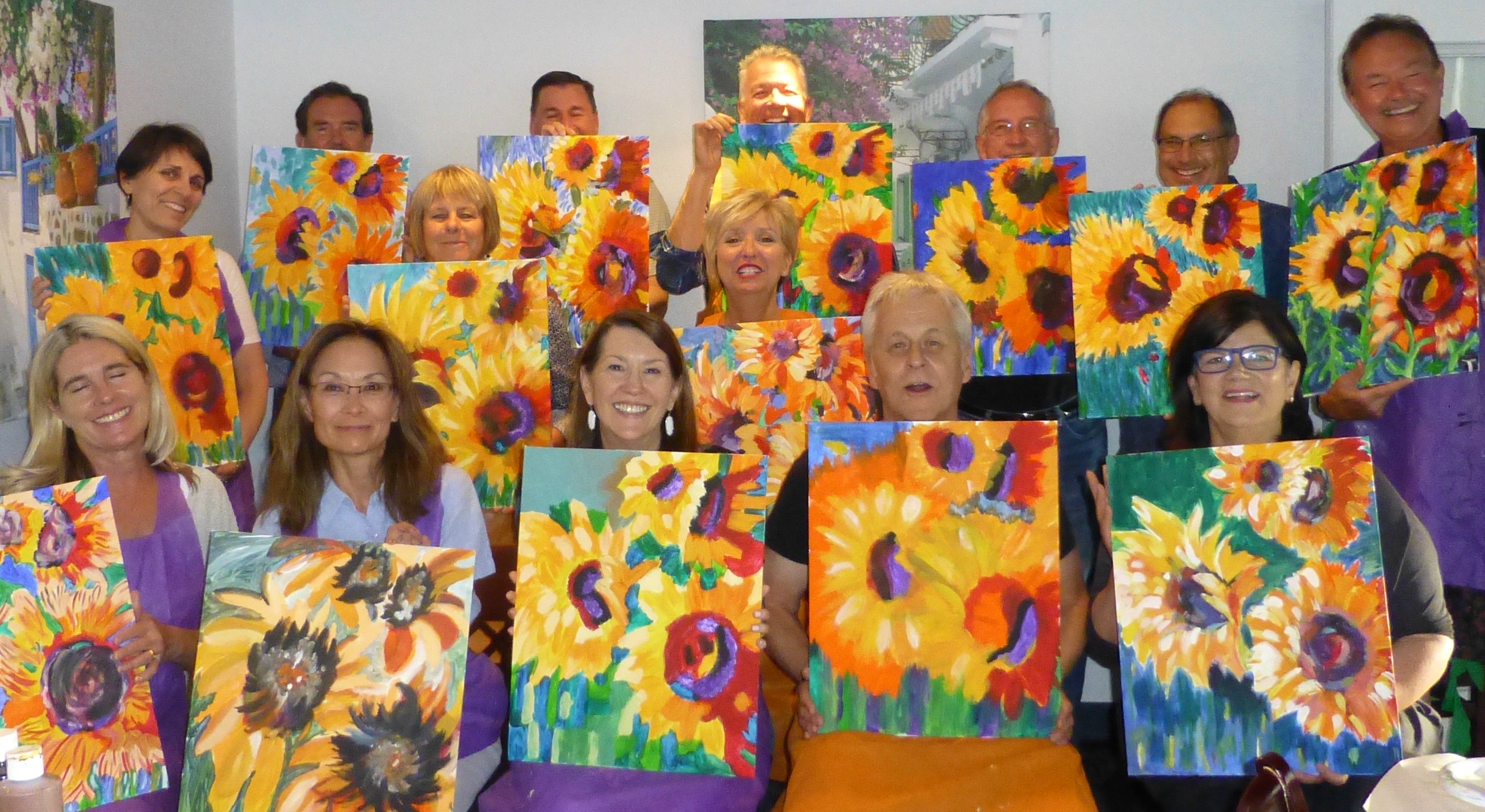
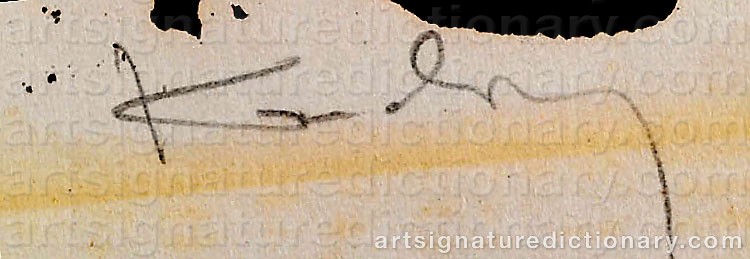
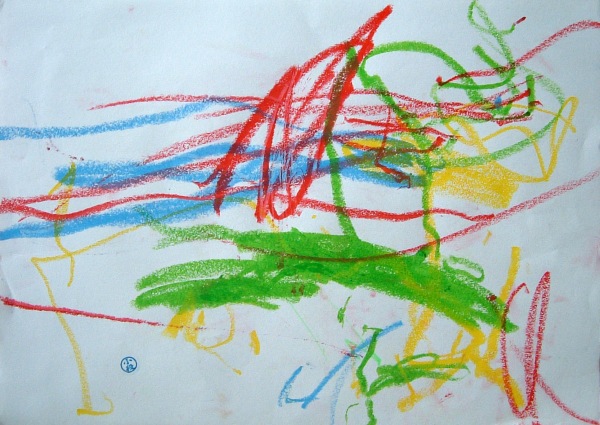 to basic block alphabetic
to basic block alphabetic 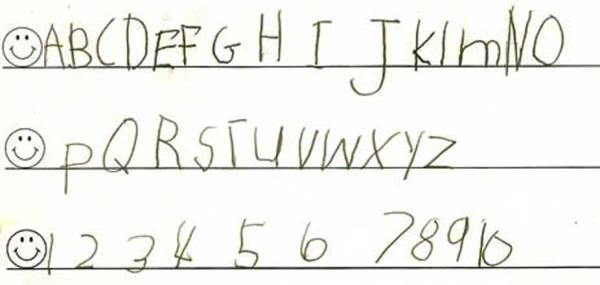 to the loop de loops of beginning cursive,
to the loop de loops of beginning cursive, 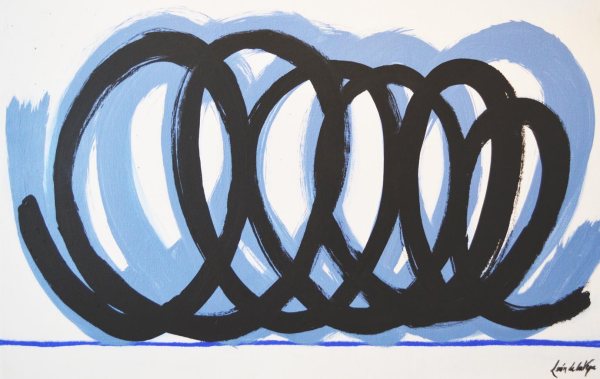 the lessons encourage and open doors to very personal and individualistic communication.
the lessons encourage and open doors to very personal and individualistic communication.
